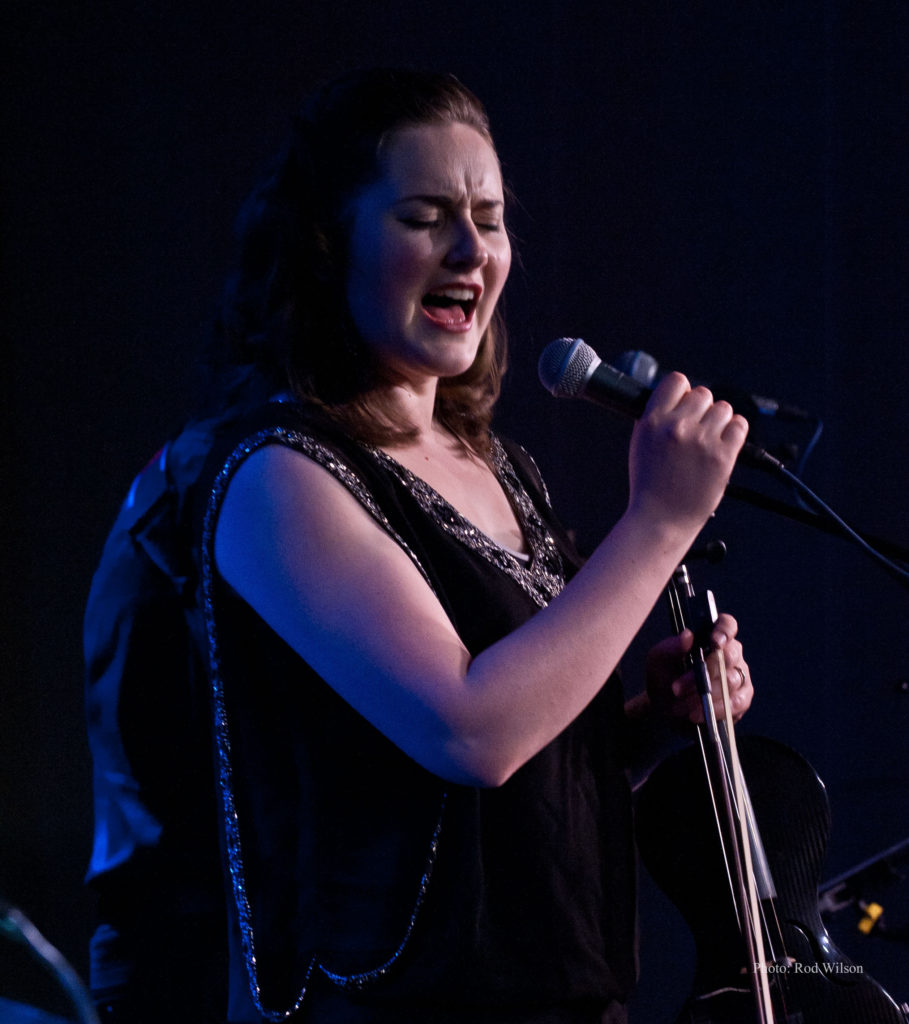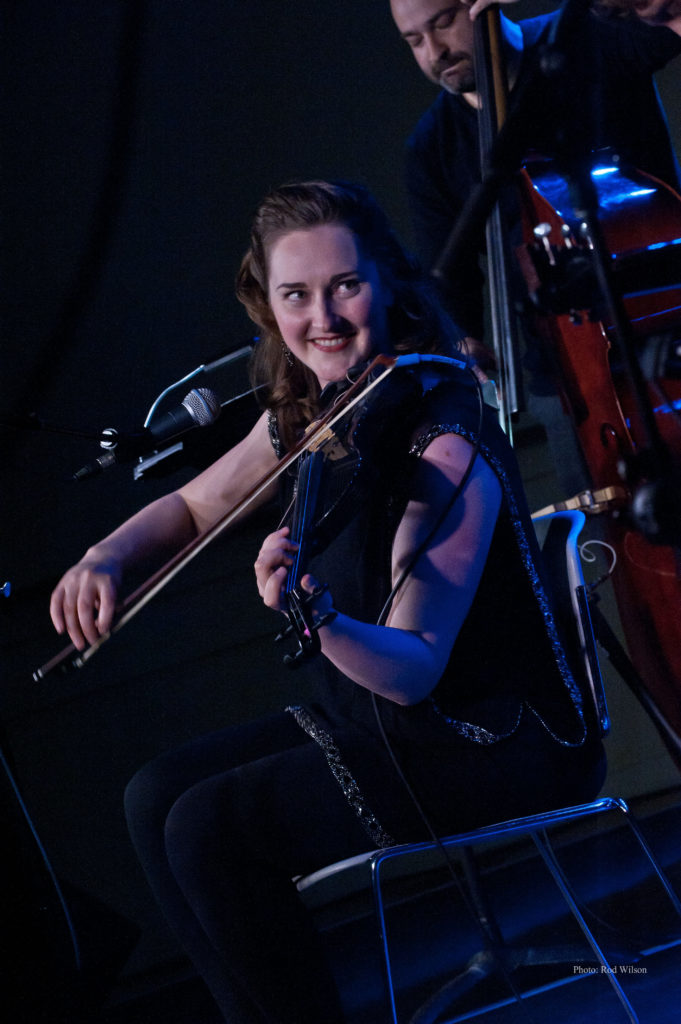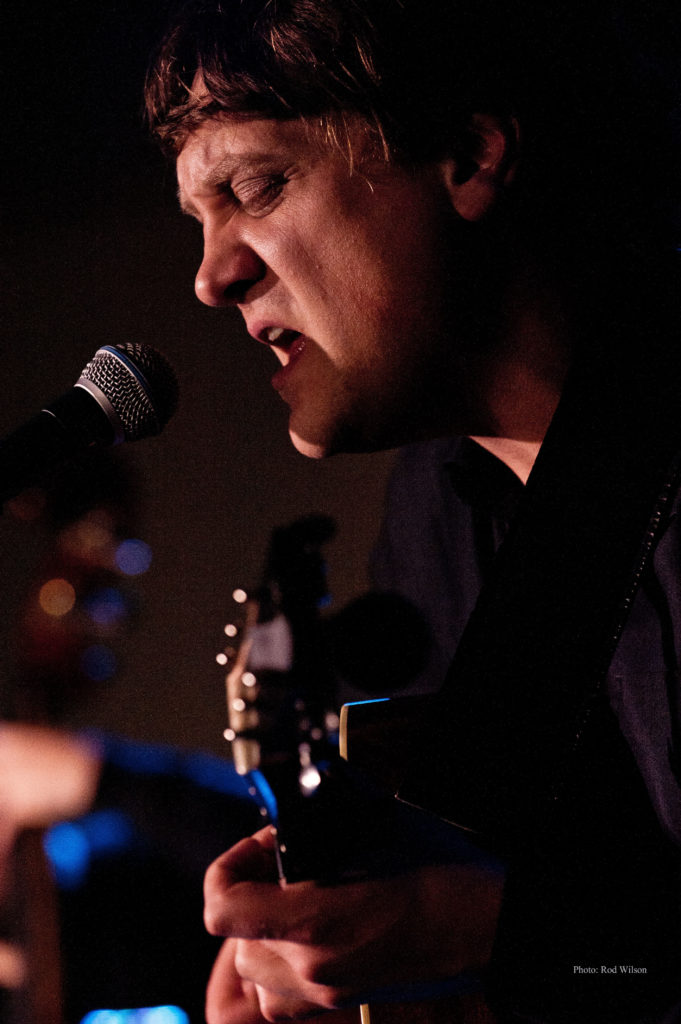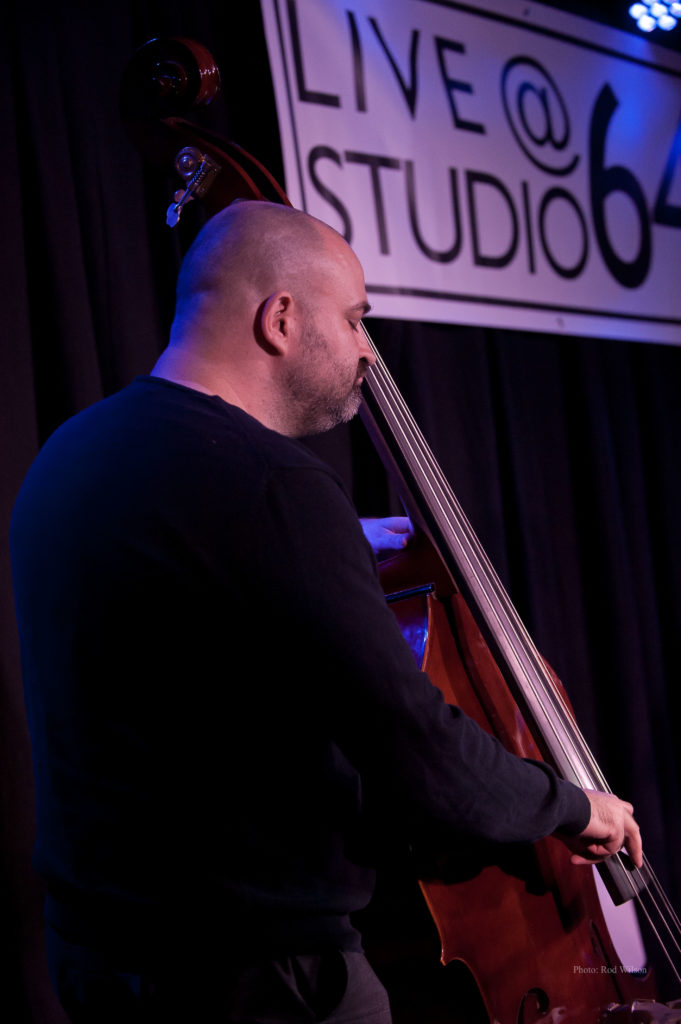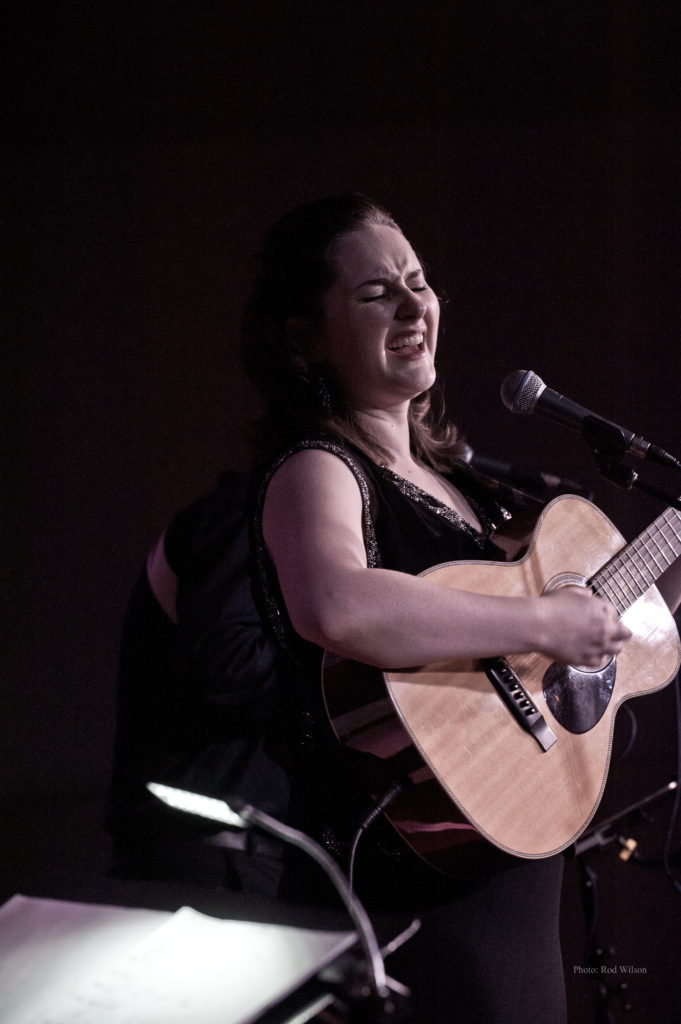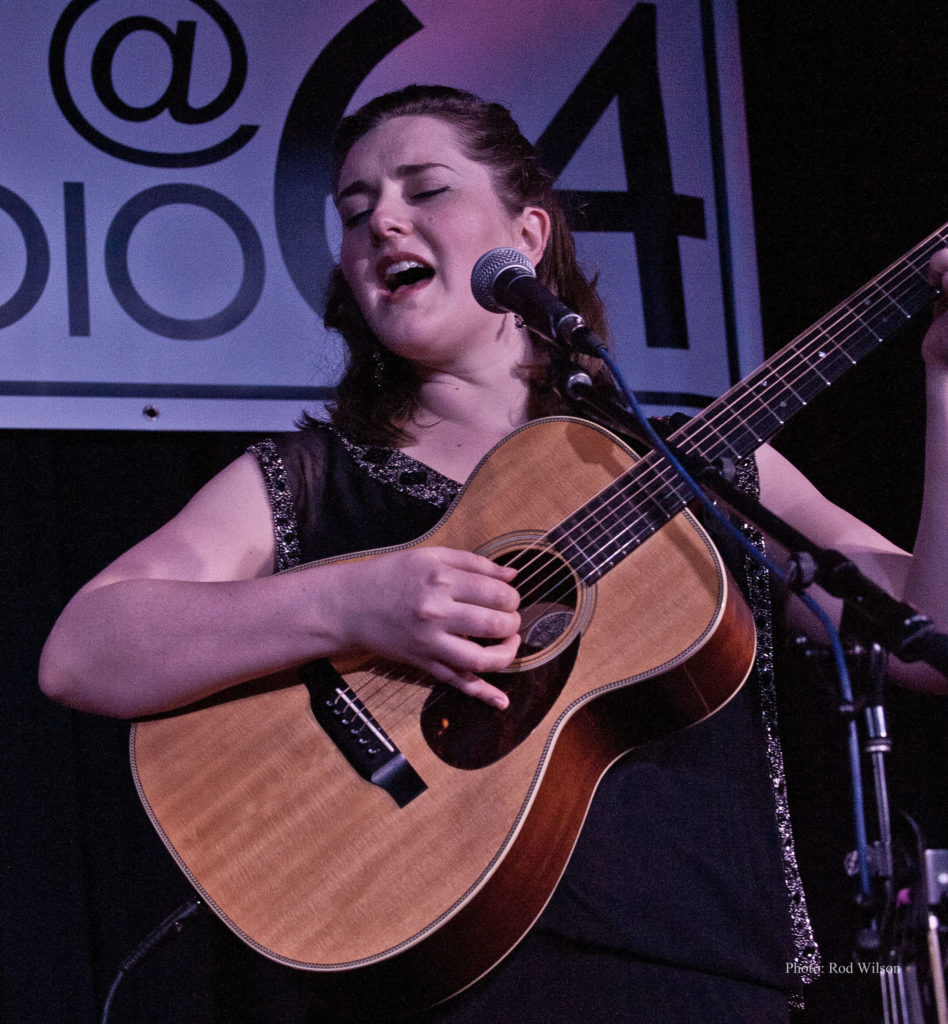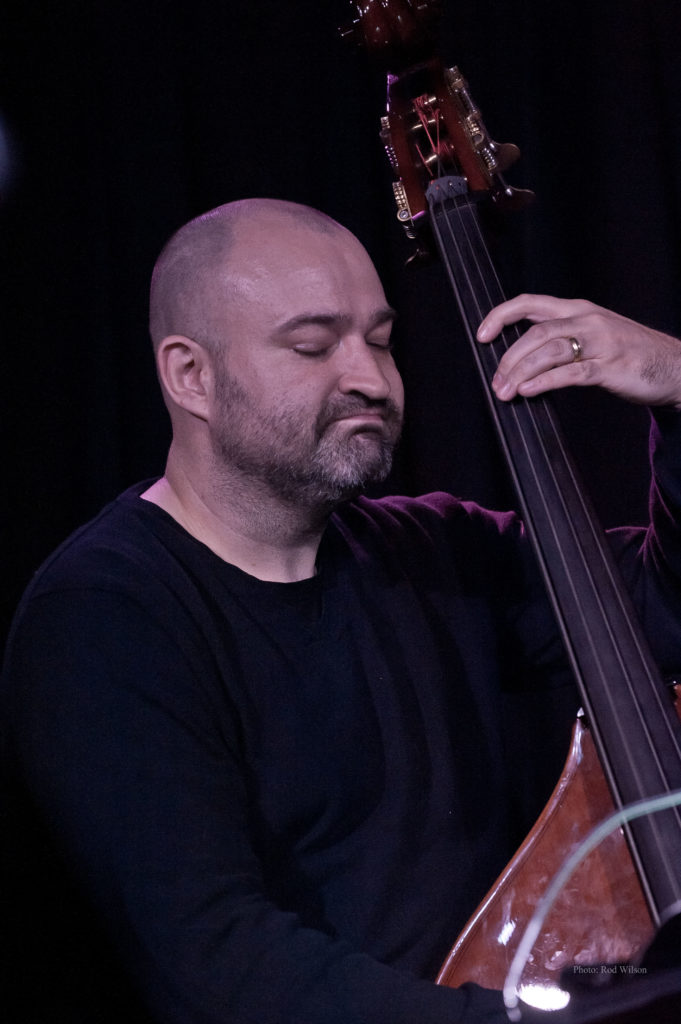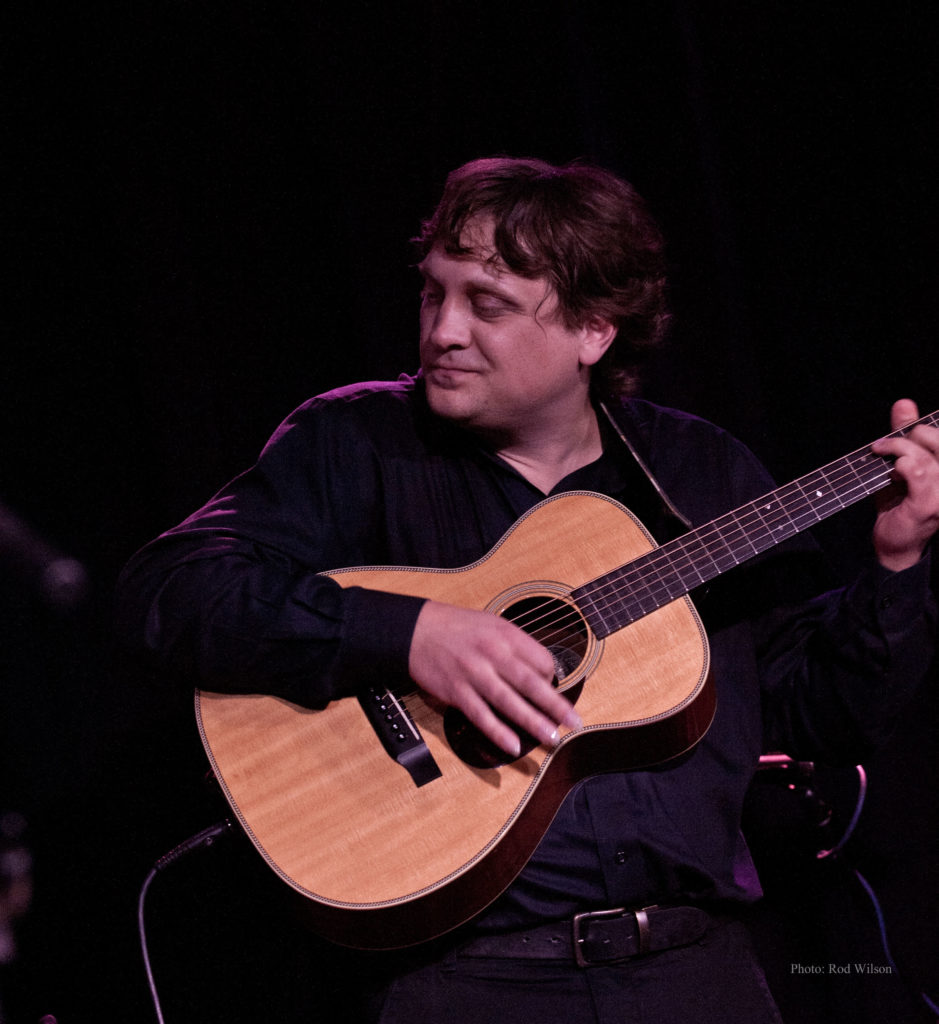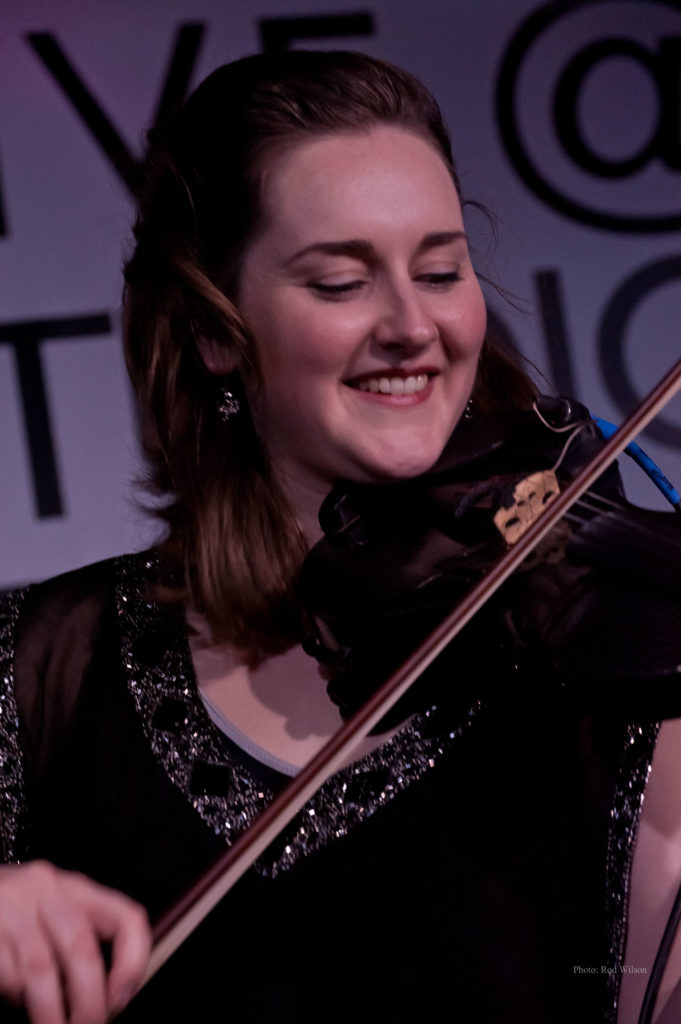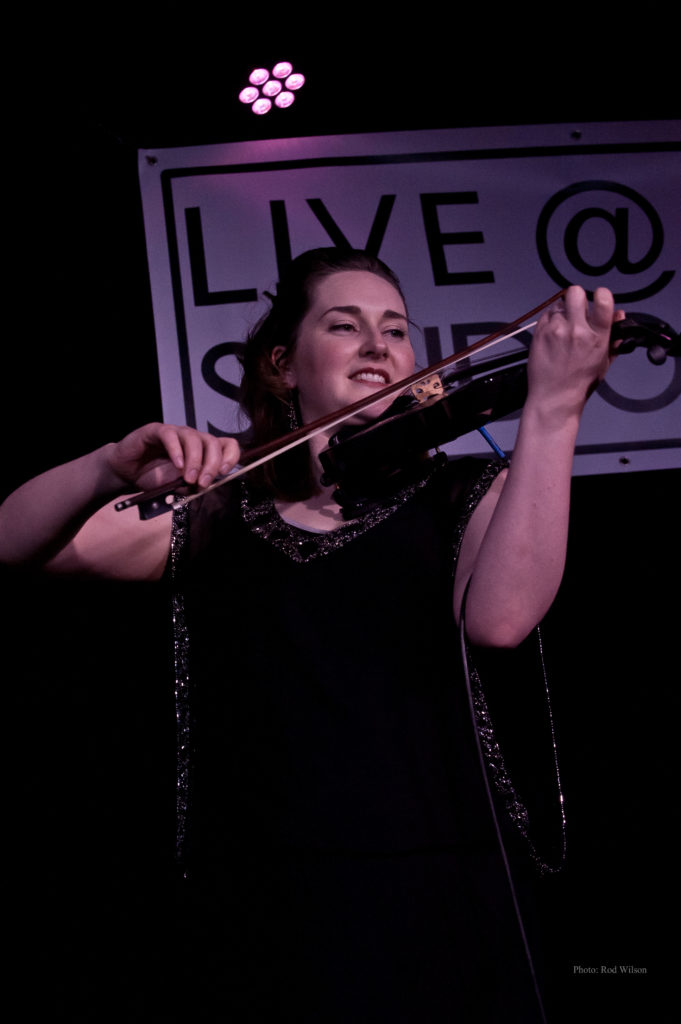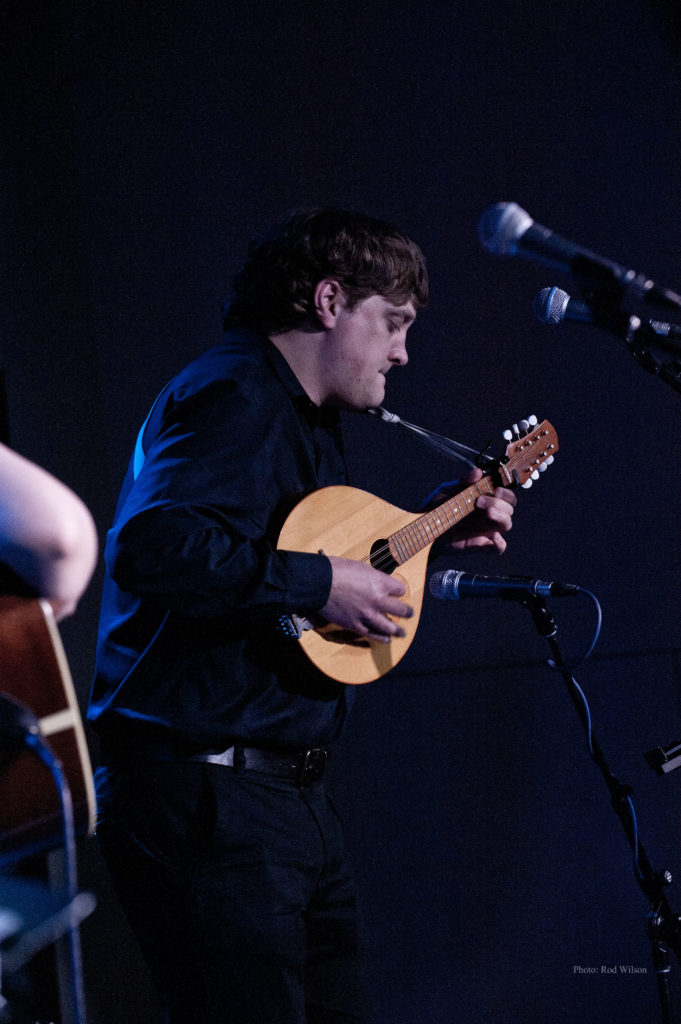In 2010 the band The Carolina Chocolate Drops won a Grammy for best traditional album (Genuine Negro Jigs). Featured in the band was the outstanding vocalist and clawhammer banjo player Rhiannon Giddens. This young lady is a native of North Carolina and, although she comes from an academic background (she had even studied opera), she was deeply immersed in the traditional music of her region. She is a unique roots music performer. At the time of this recording there was nobody quite like her. Well, time marches on and another female roots music performer is making her mark. This is the Michigan raised, multi-instrumentalist Laurel Premo (Banjo, Fiddle, Guitar, Lap Steel Guitar).

From her website – “She is a Michigan-based artist who has been writing, arranging, and touring since 2009 with vocal and instrumental roots acts, and is internationally known from her collaborations with Michael Beauchamp-Cohen in the duo Red Tail Ring. Premo holds a BFA (Bachelor of Fine Arts) from the Performing Arts Technology Dept. of the University of Michigan School of Music, and has spent half-year stints at both the Sibelius Academy of Music in Helsinki, Finland and the University College of Southeast Norway in Telemark to study traditional music and dance. Important mentors who have helped shape Laurel’s lens in the folk arts have been her parents Bette & Dean Premo (fiddle, guitar, and traditional song, Michigan), Joel Mabus (clawhammer banjo, Michigan), Arto Järvelä (fiddle, Finland), and Ånon Egeland (fiddle, Norway). Alongside several continuing music projects, she is active in organizing community events that connect people with folk art and dance.”
“Laurel Premo is known for her rhythmically deep and rapt delivery of roots music on fiddle, guitar, and vocals. Her solo performances dive deep into traditional and new fiddle music, musically revealing a bloom of underlying harmonic drones, minimalist repetition, and rich polyrhythms. Presenting these sounds on finger style electric guitar and fiddle, Premo fully leans in to the archaic melodies and in-between intonations that connect folk sounds to the mystic and unknown.”
Despite the invention of streaming services my musical medium of choice remains the CD. However, in recent years I have fallen under the spell of YouTube and, although the technical quality of some videos is sub-par, it has the advantage of supplying new artists, new music and vast quantities of archival material. I often stumble on material that is not readily available on CD or DVD. Case in point is the following YouTube clip featuring Laurel Premo and Anna Gustavsson. They are performing ‘Sally In The Garden,’ a traditional American tune, on gourd banjo and nyckelharpa (a traditional Swedish instrument).
Laurel has no hesitation in delving into traditional music that is outside her own culture. Here is her interpretation of a classic British folk song.
Michigan is not known as a hot bed of traditional Blues. Never-the-less here is Laurel’s interpretation of a song written by the master blues artist Skip James (1902-1969) . Laurel Premo added several new verses and interludes to his original composition
While exploring the many streams of traditional music Rhiannon Giddens will continue to be a musician who will continue to entertain and inform. At the same time we should remain aware of the musical talents of Laurel Premo. I think her musical explorations will continue to surprise and inspire us.
@@@@@@@@@@@

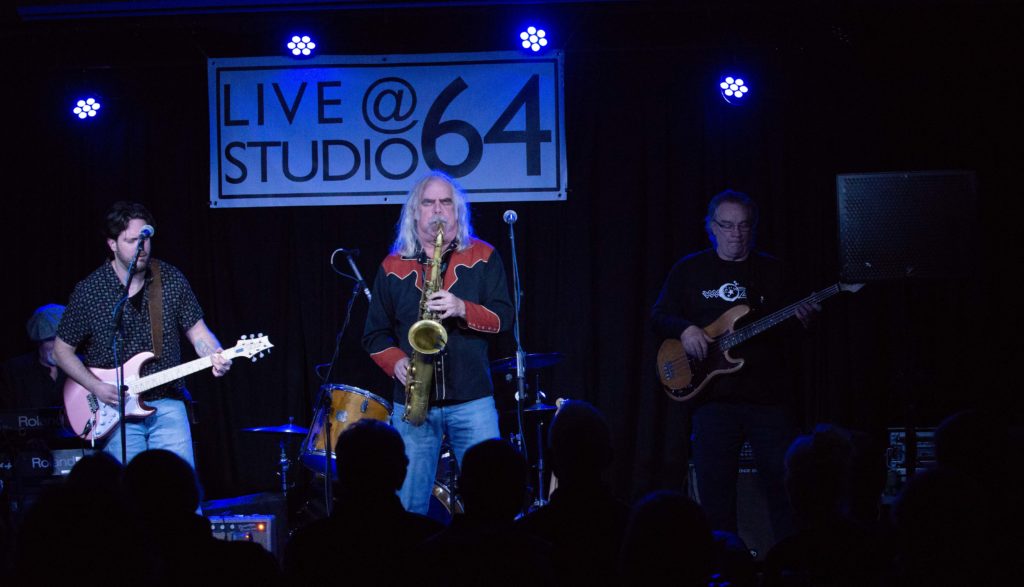
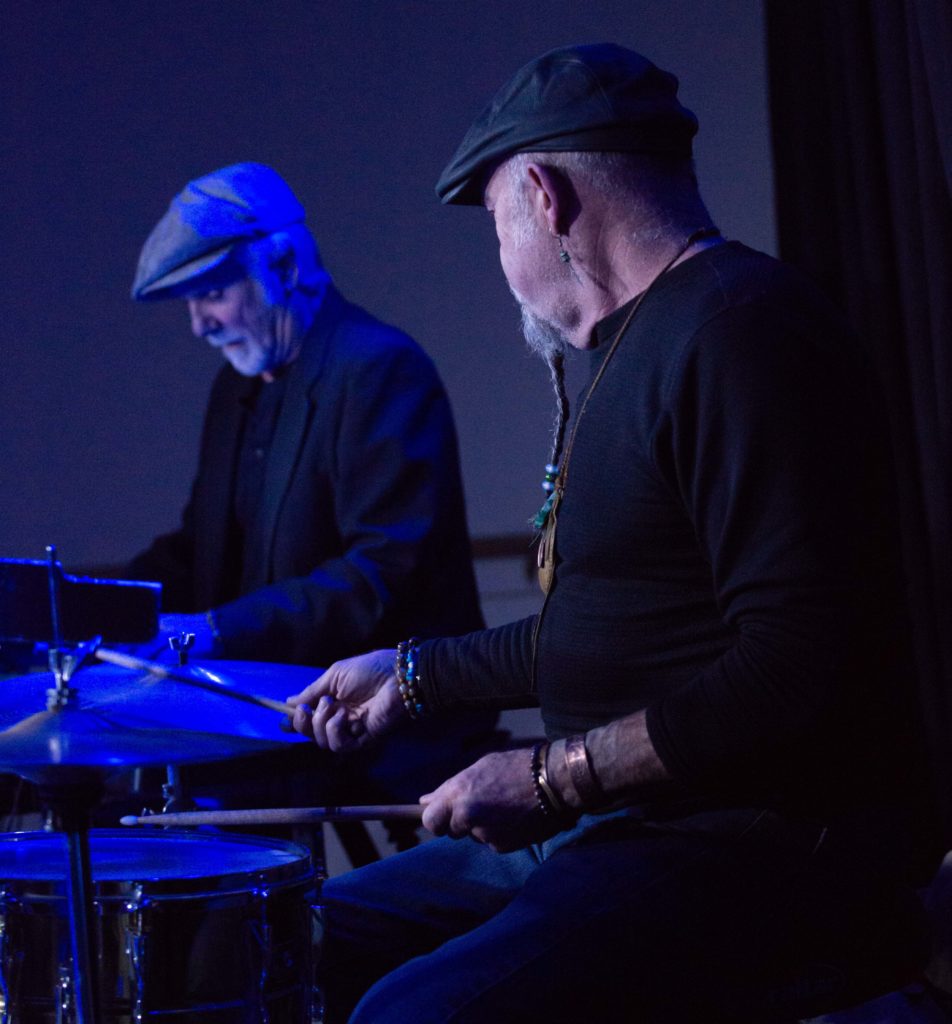
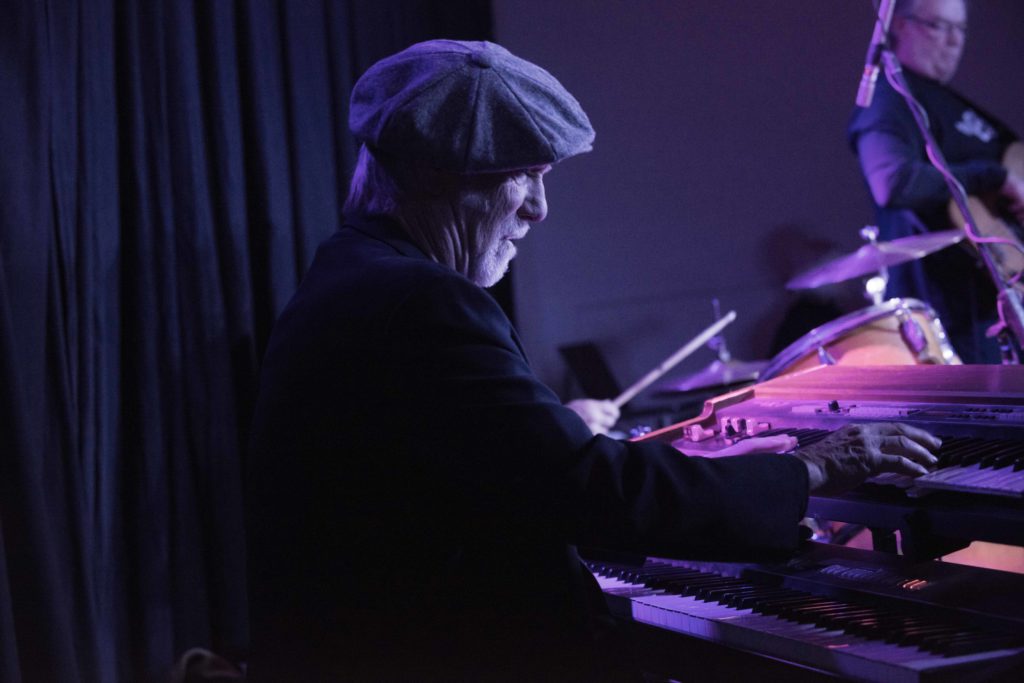
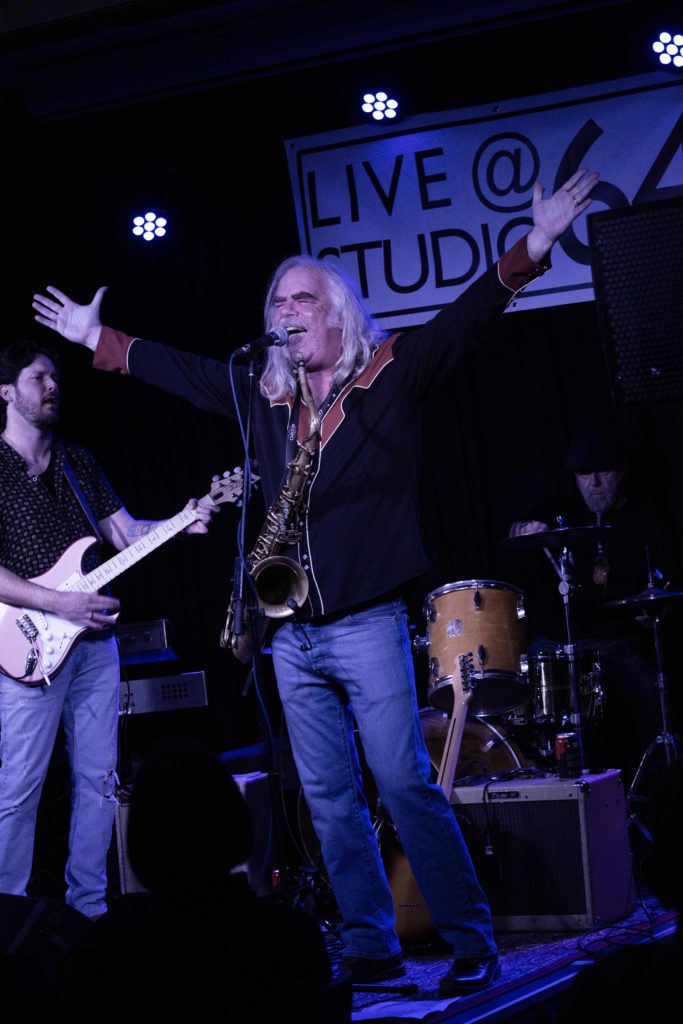
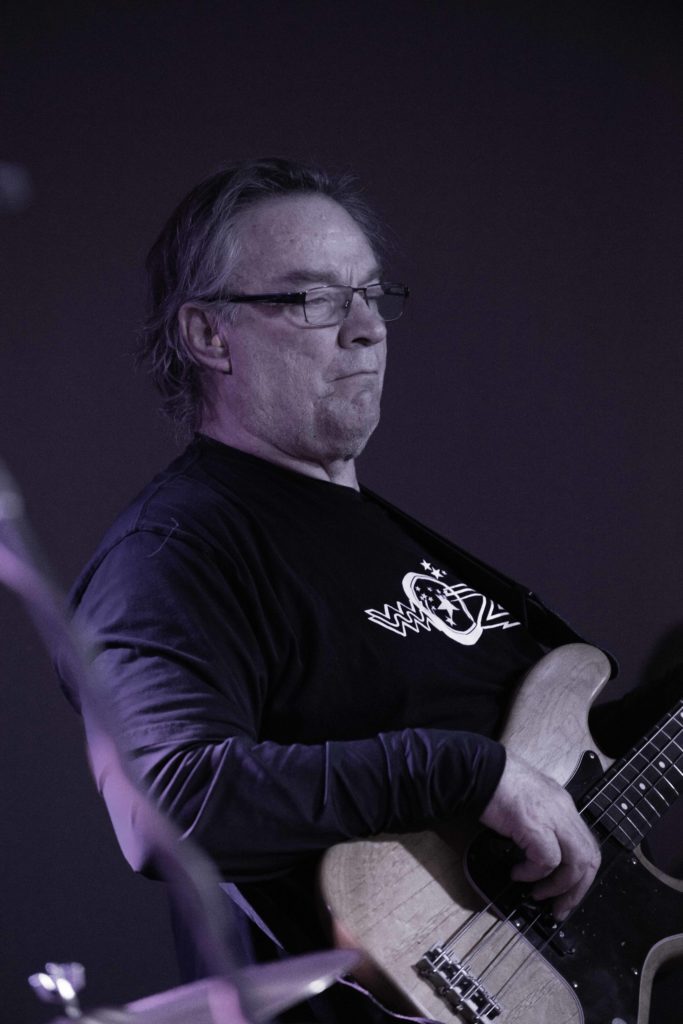
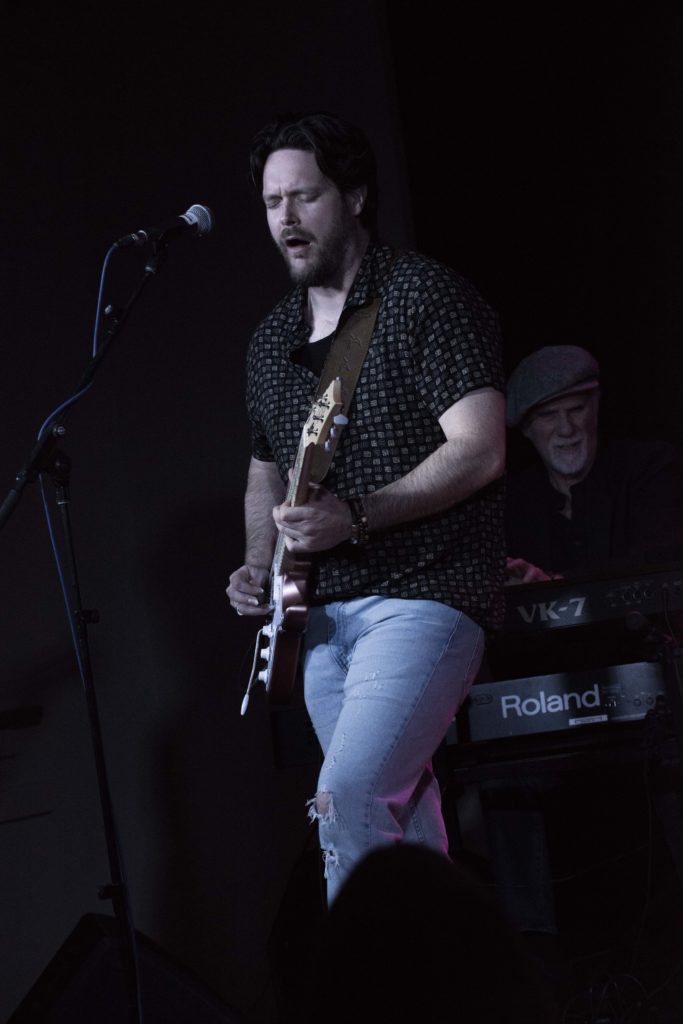
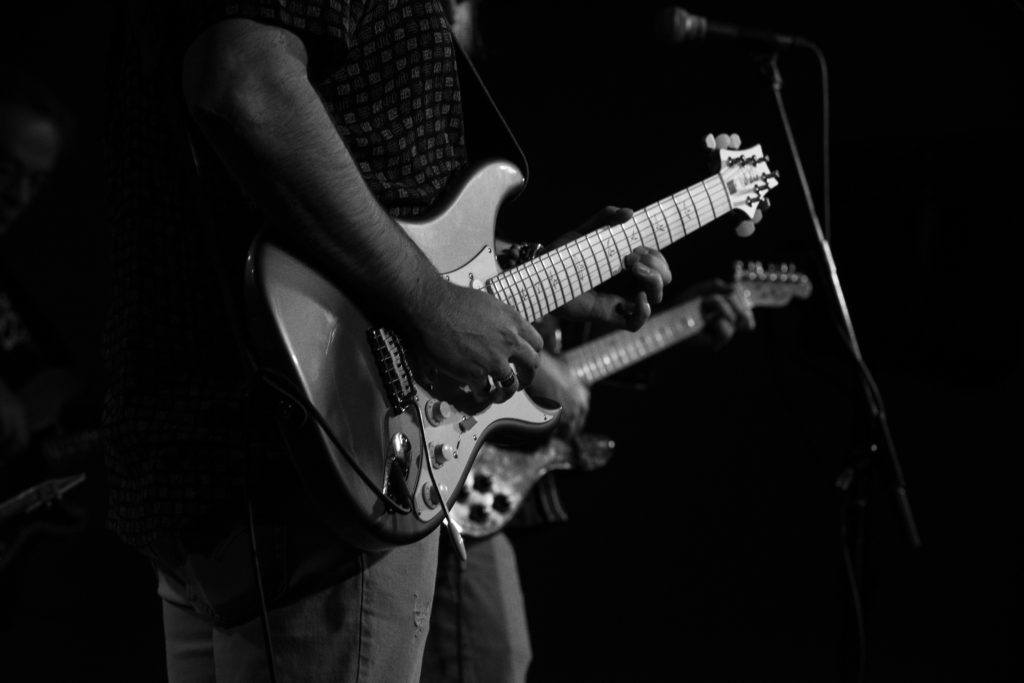
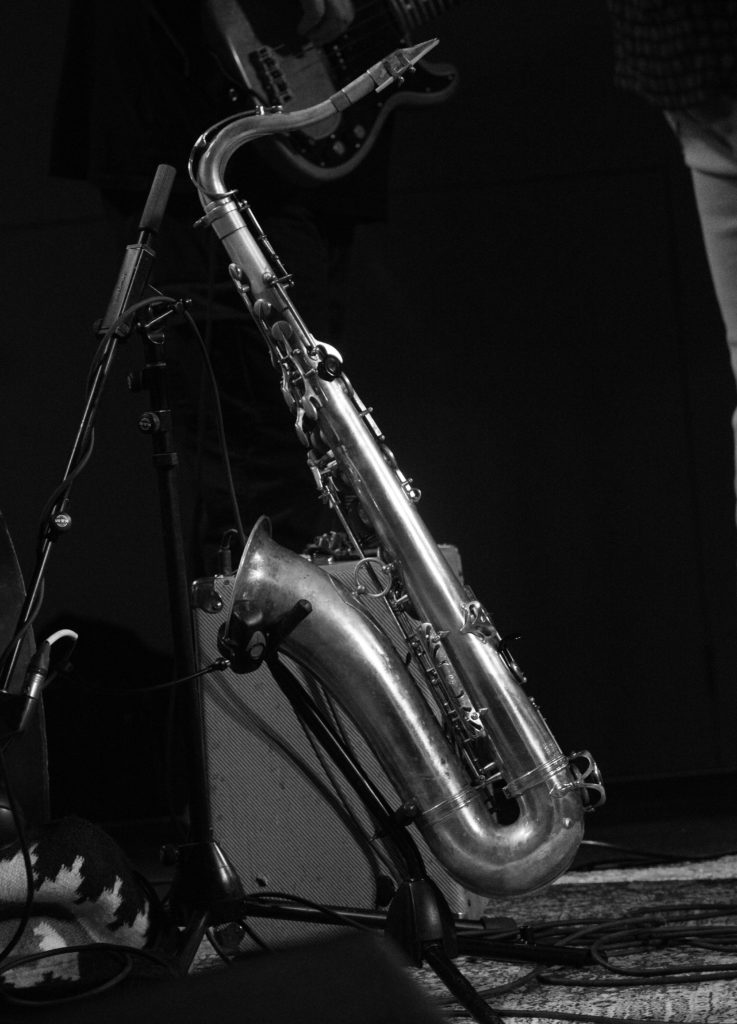
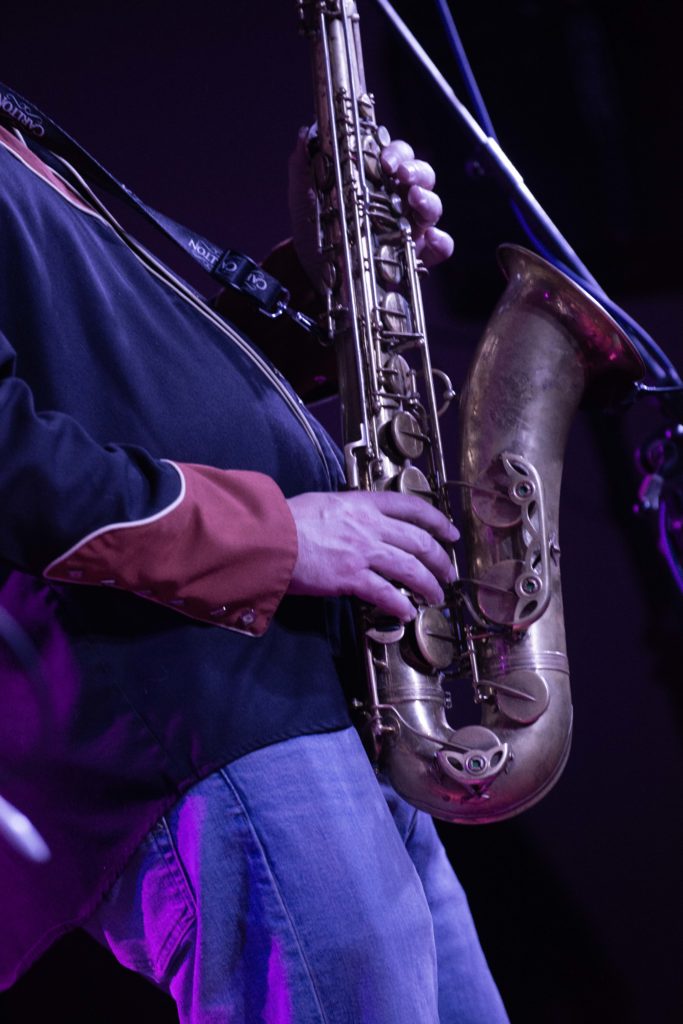
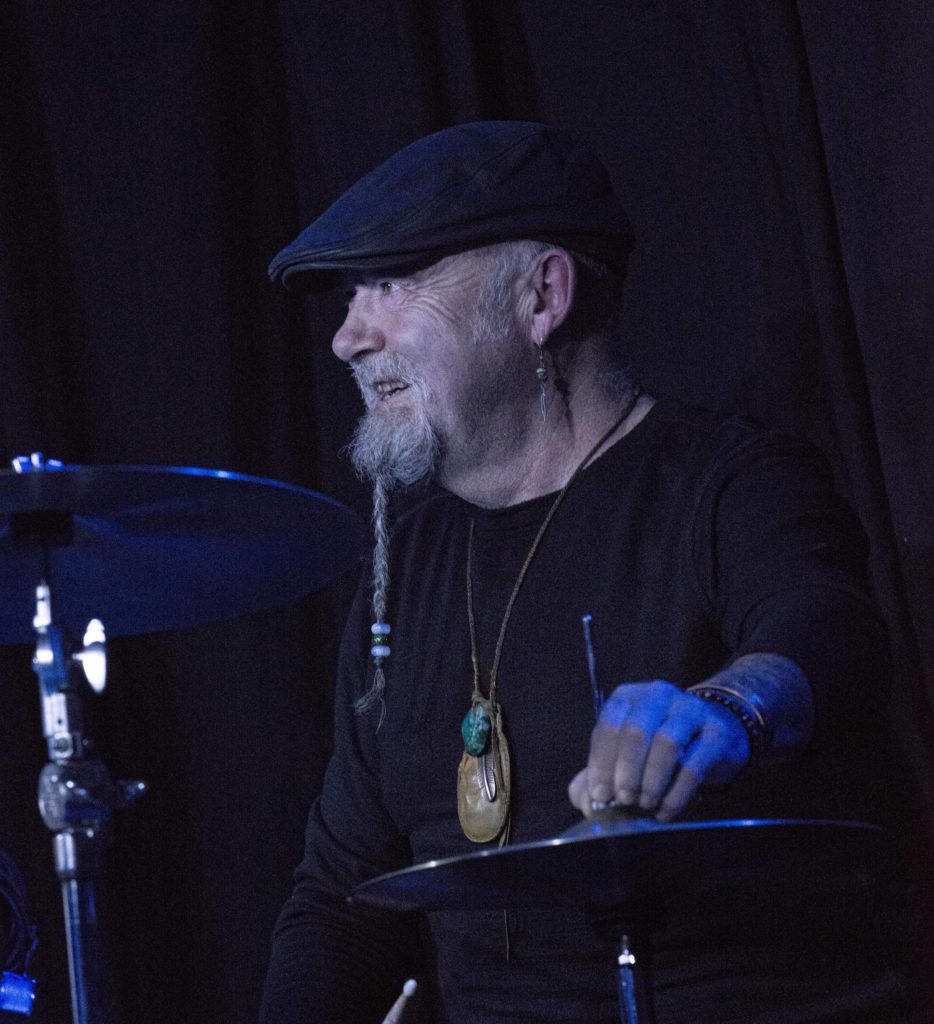
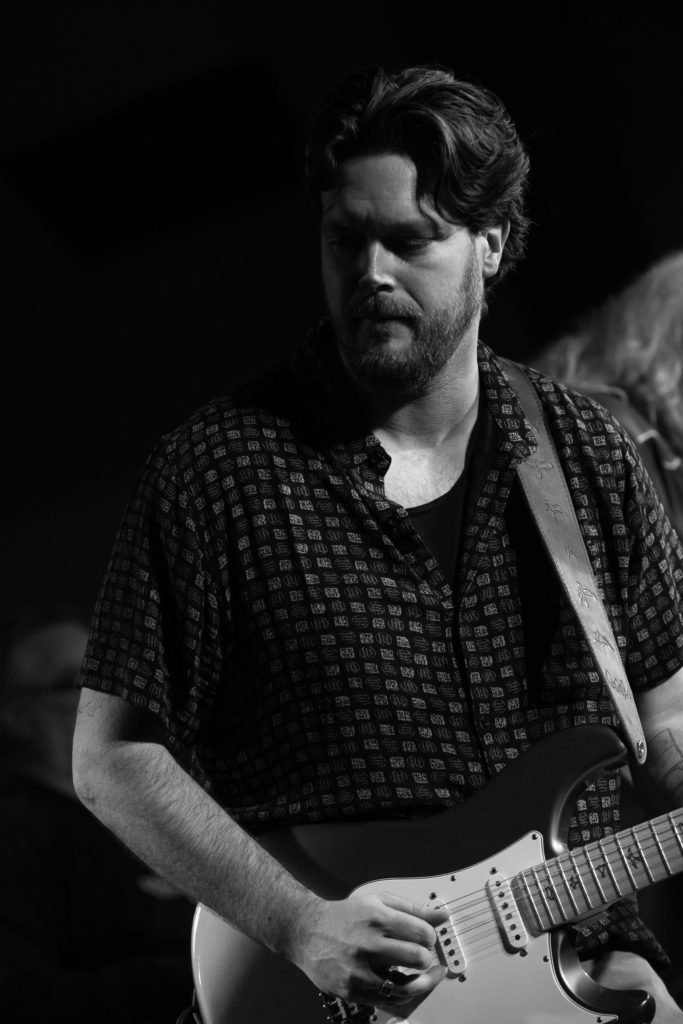
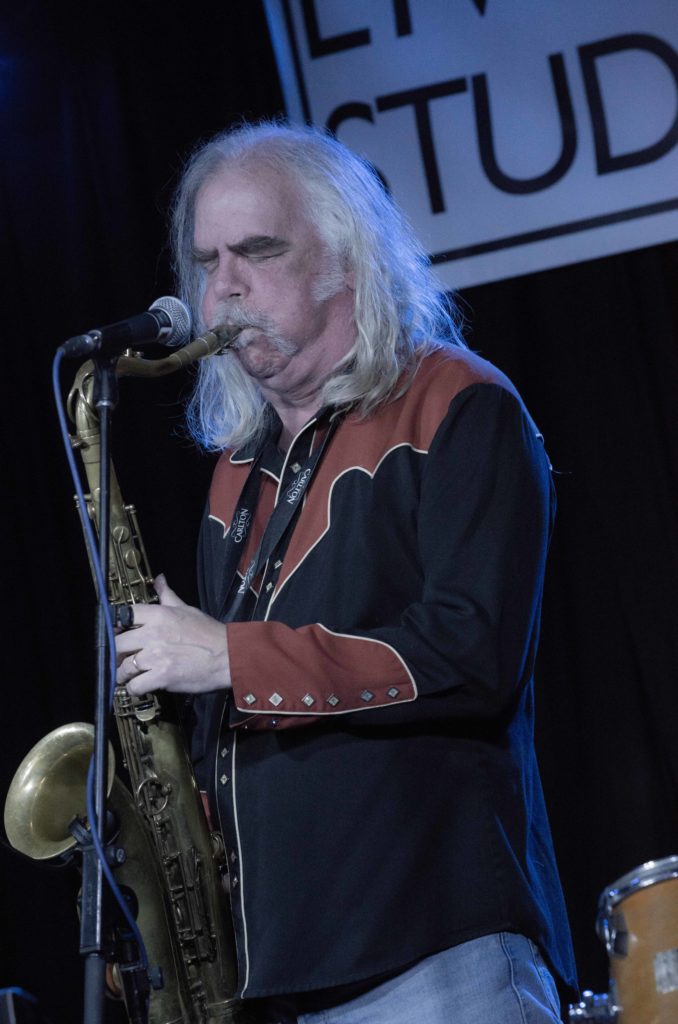
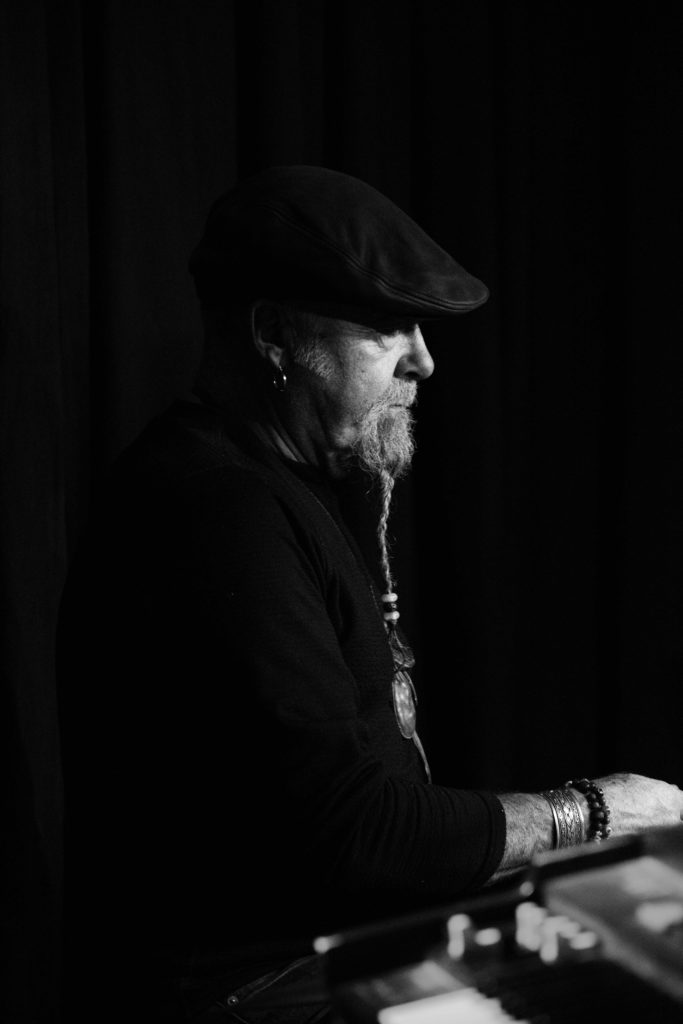
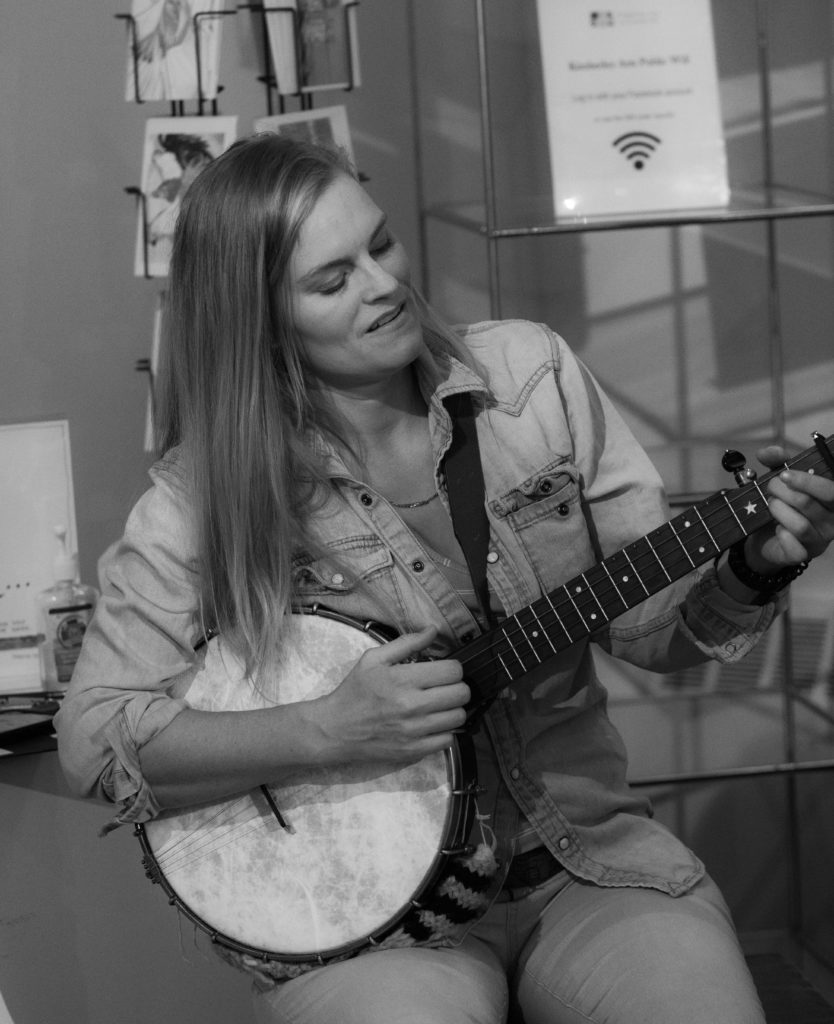
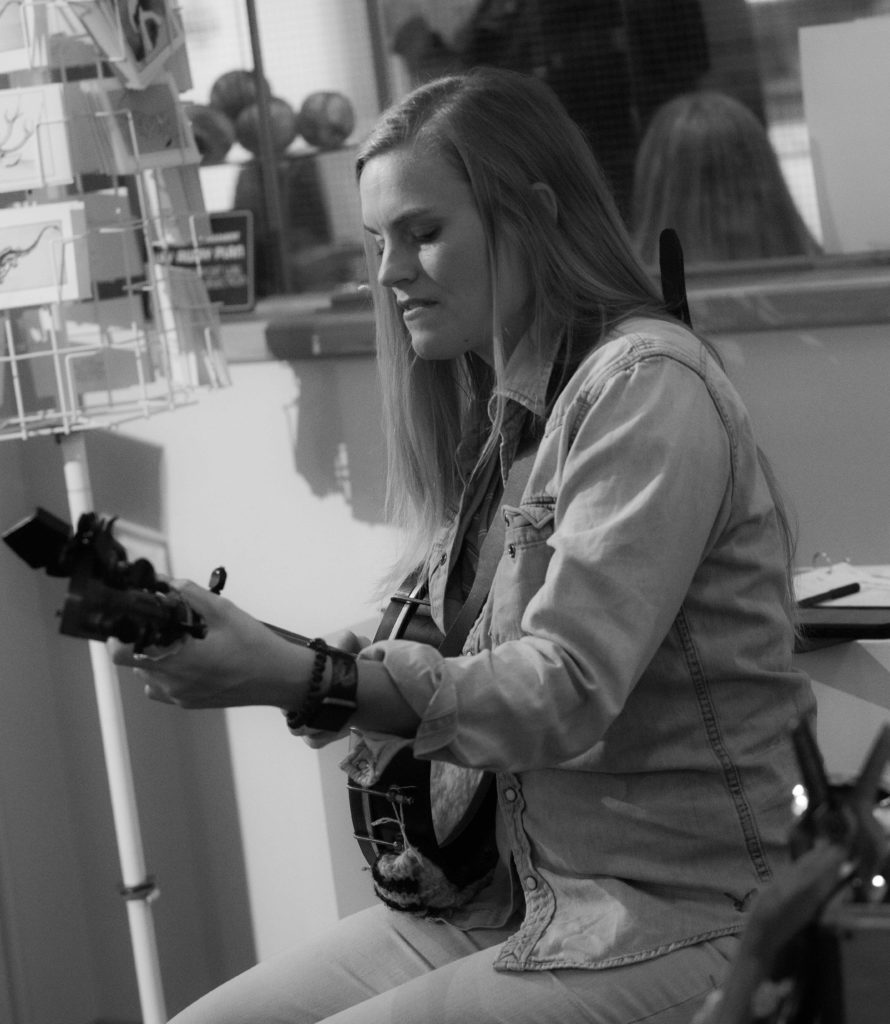
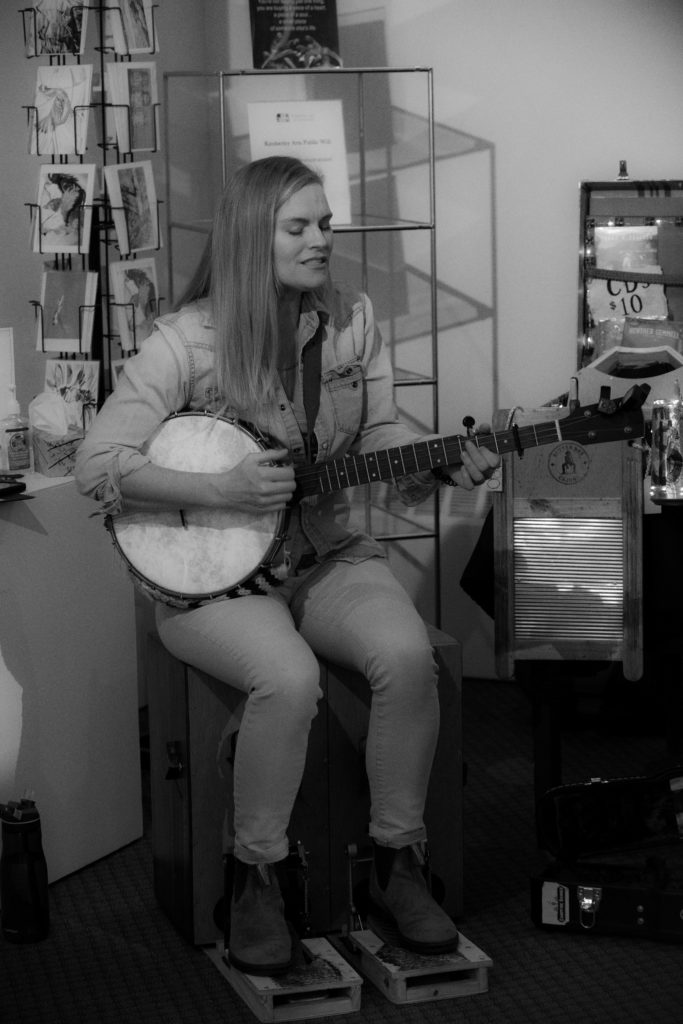
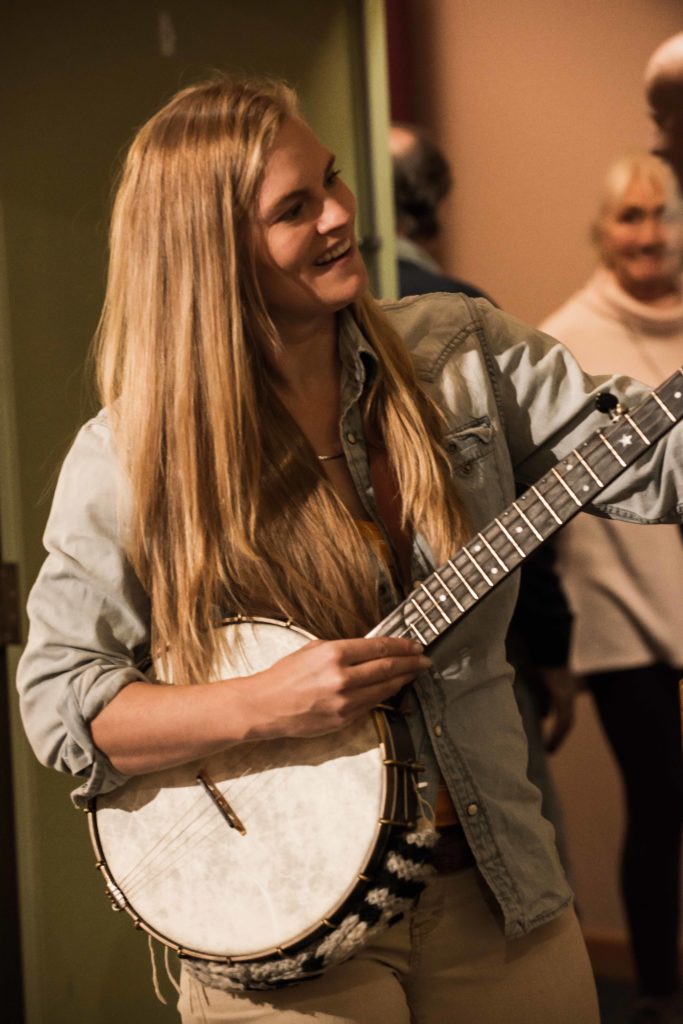
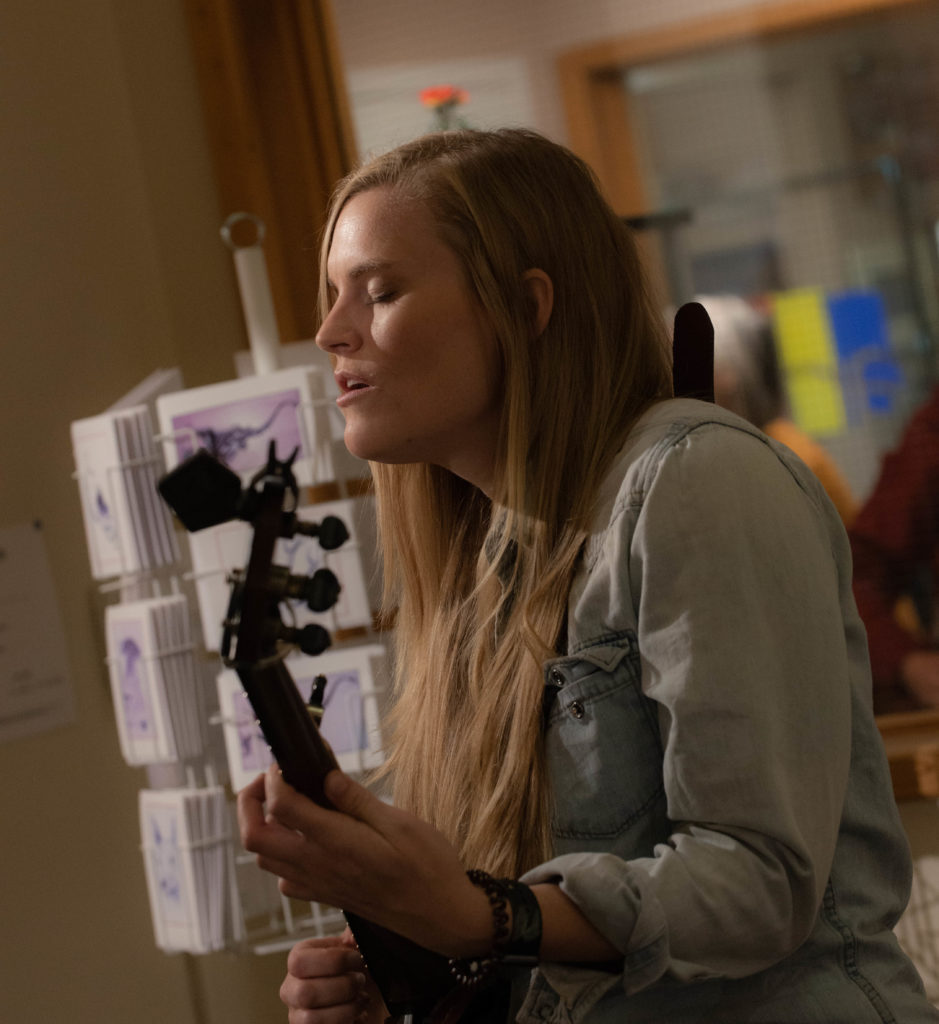
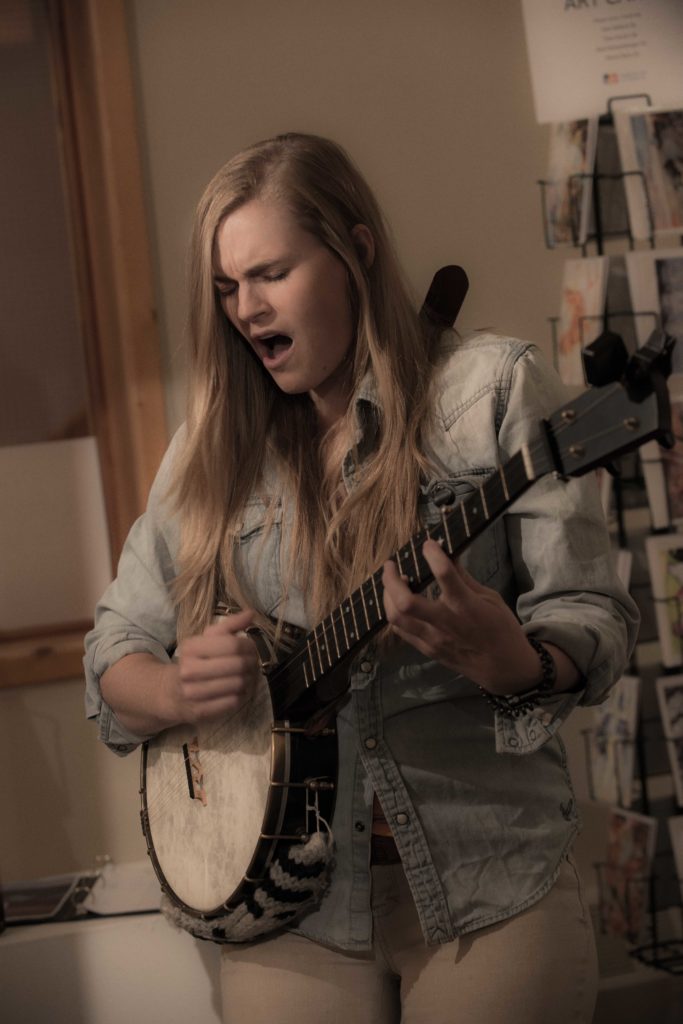
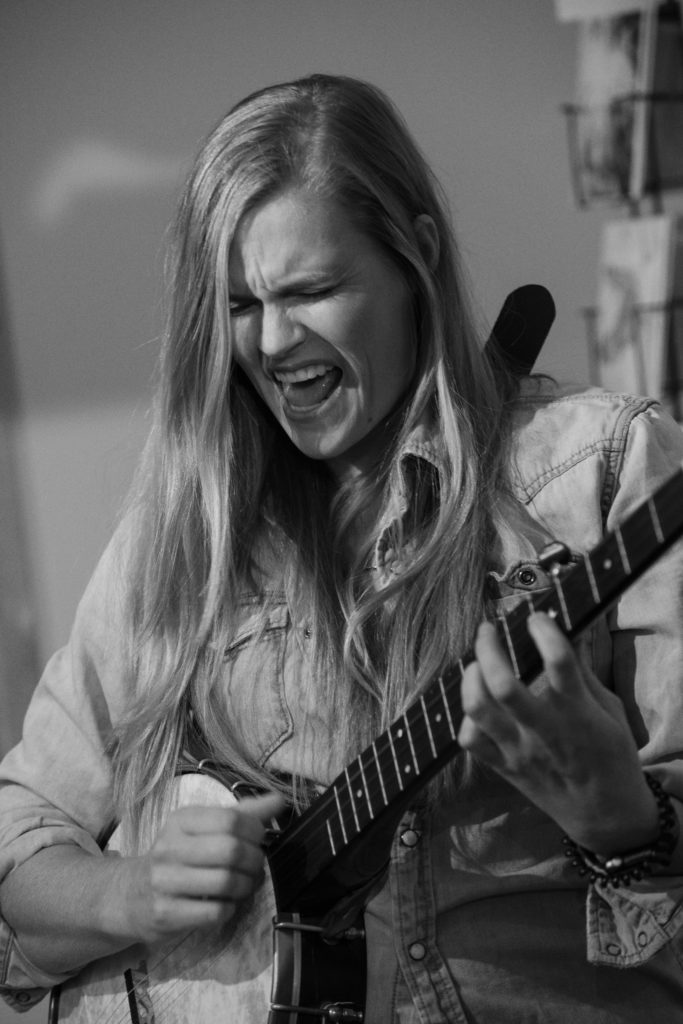
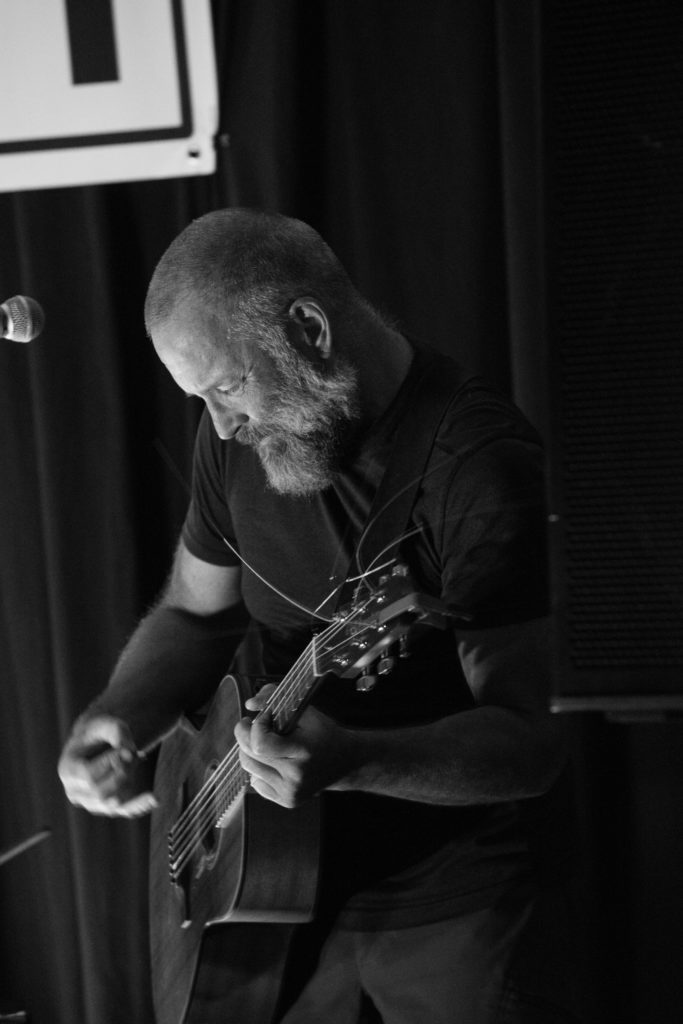
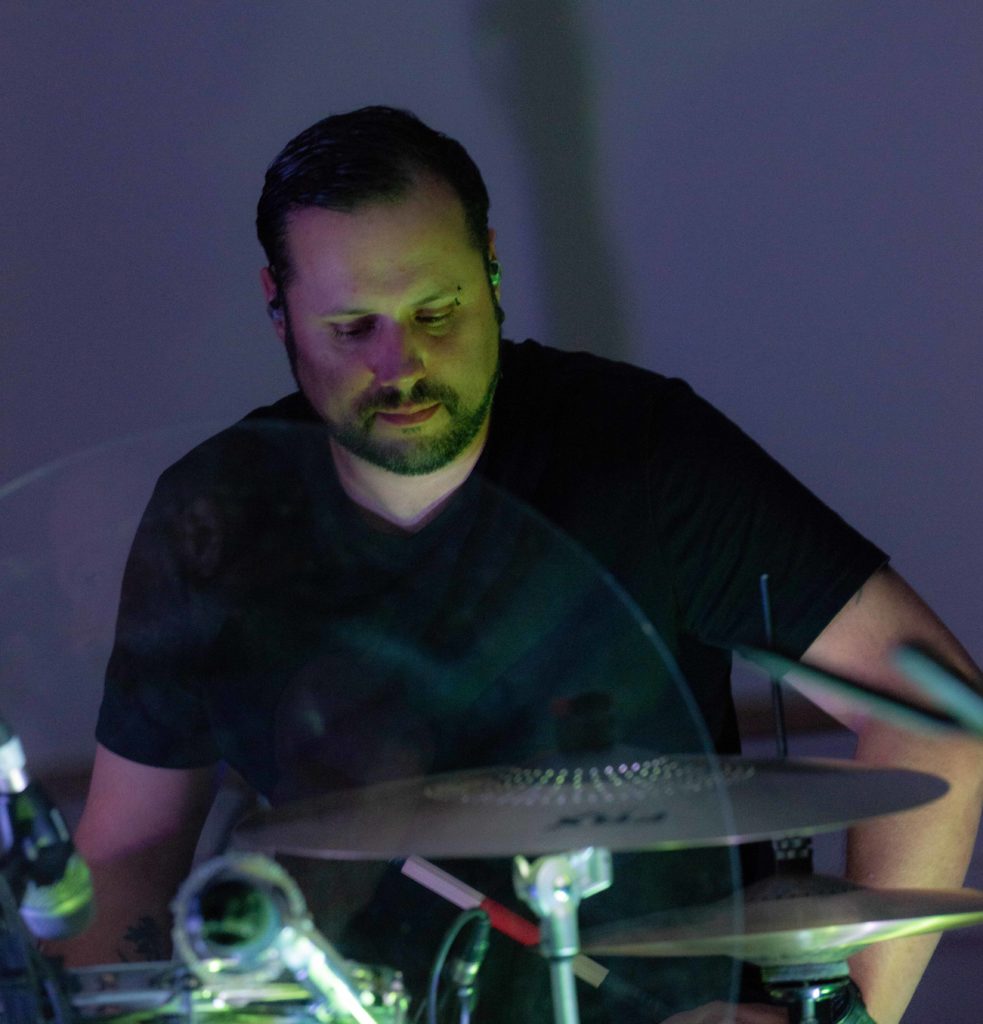
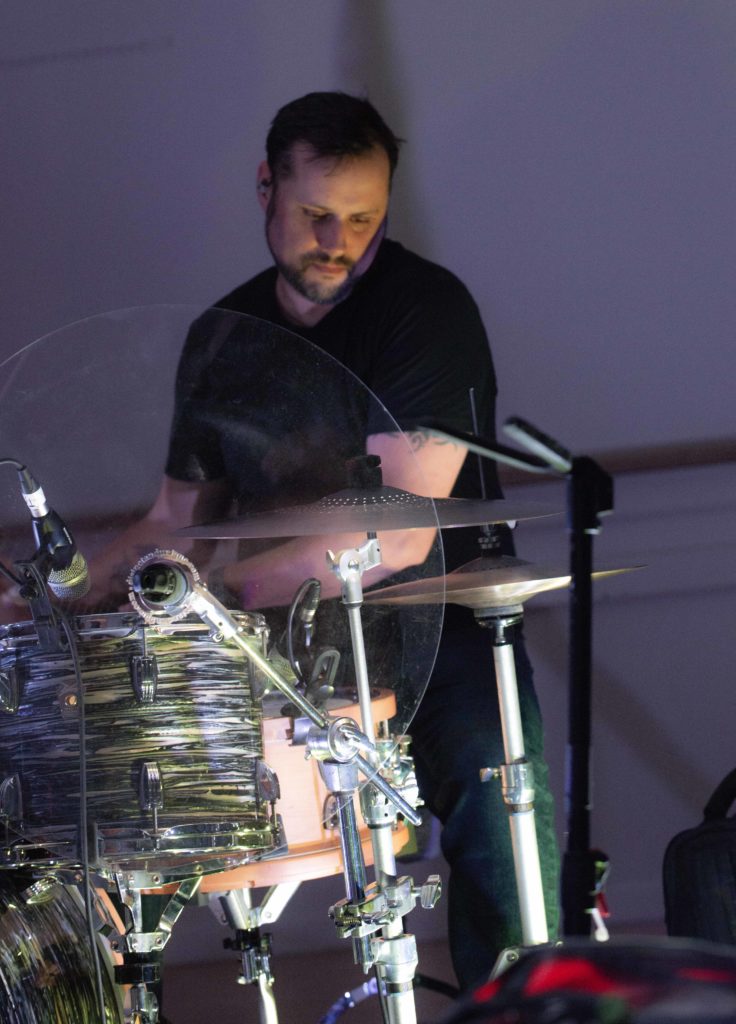
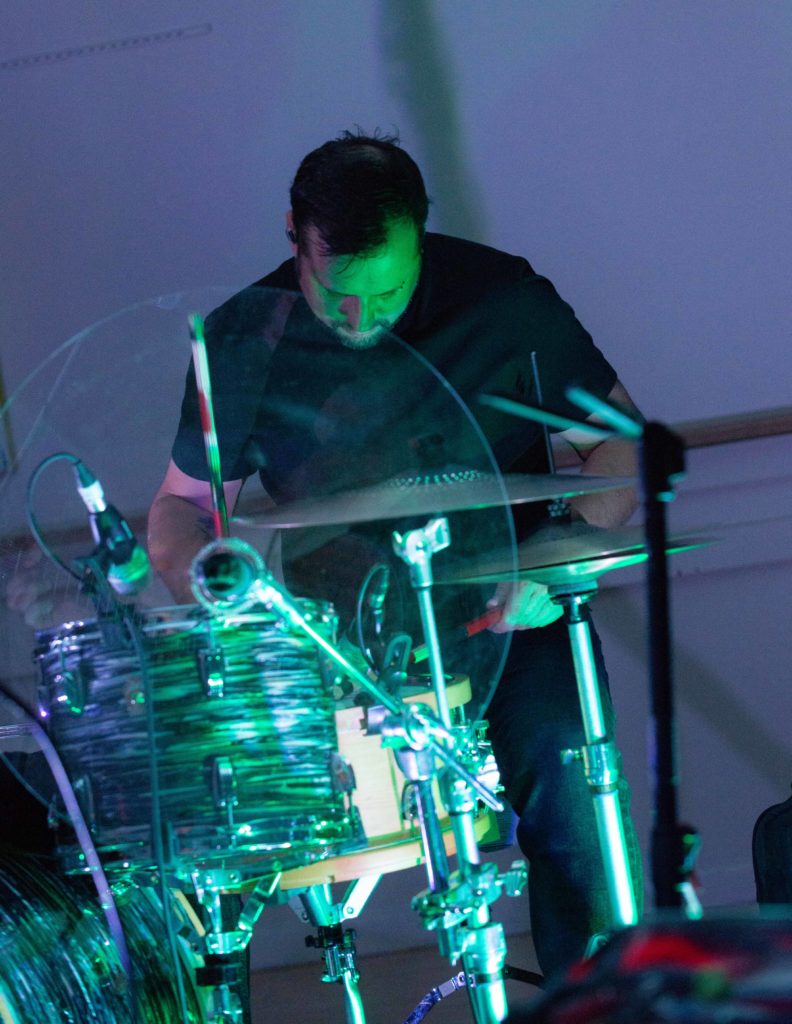
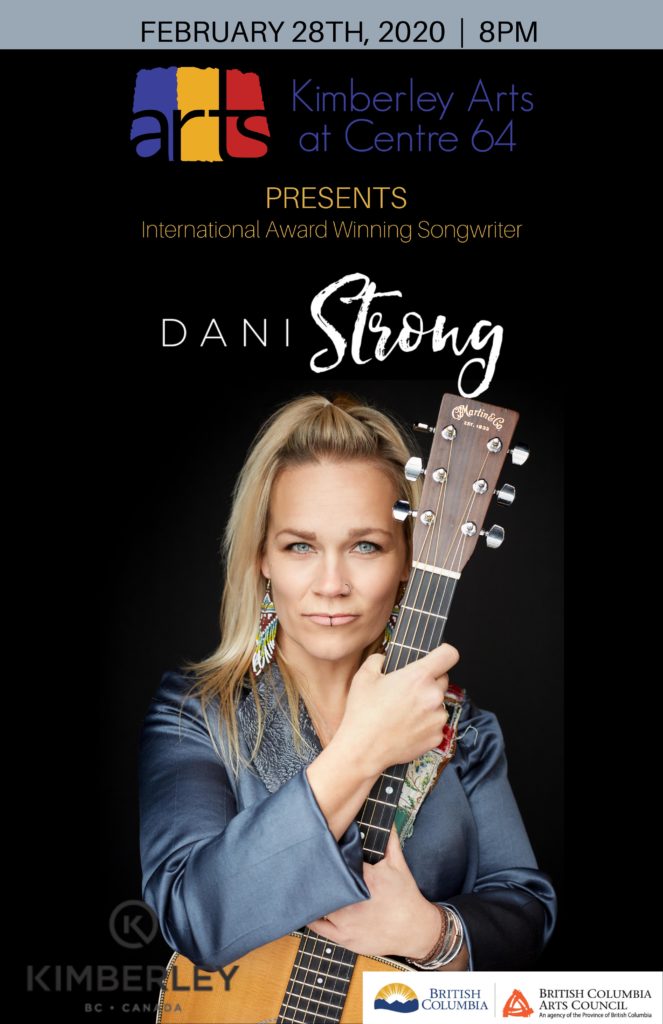
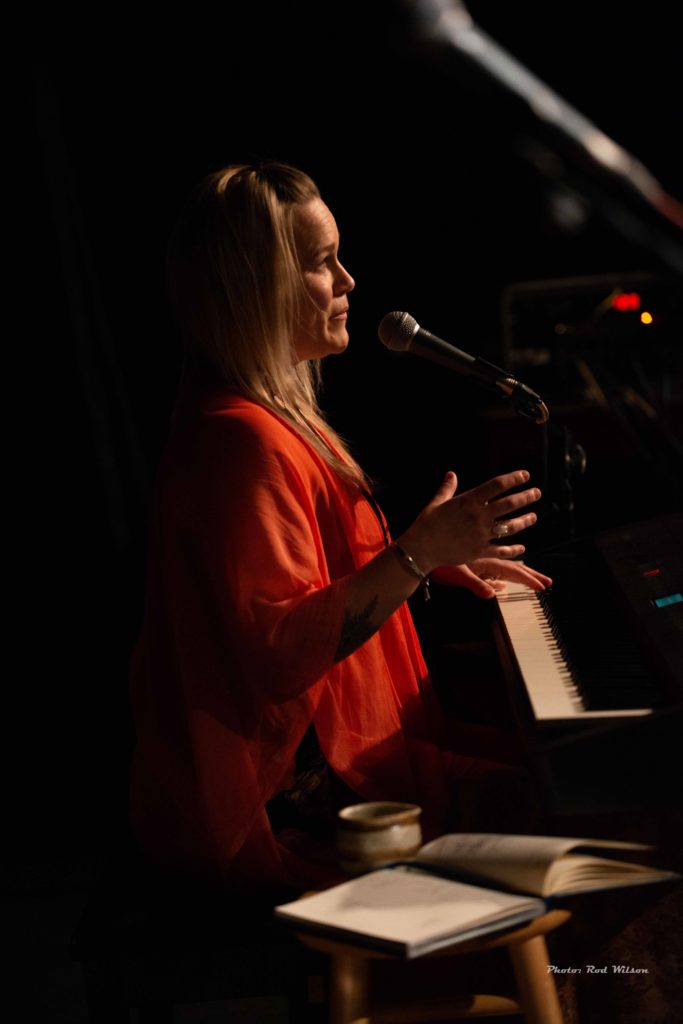
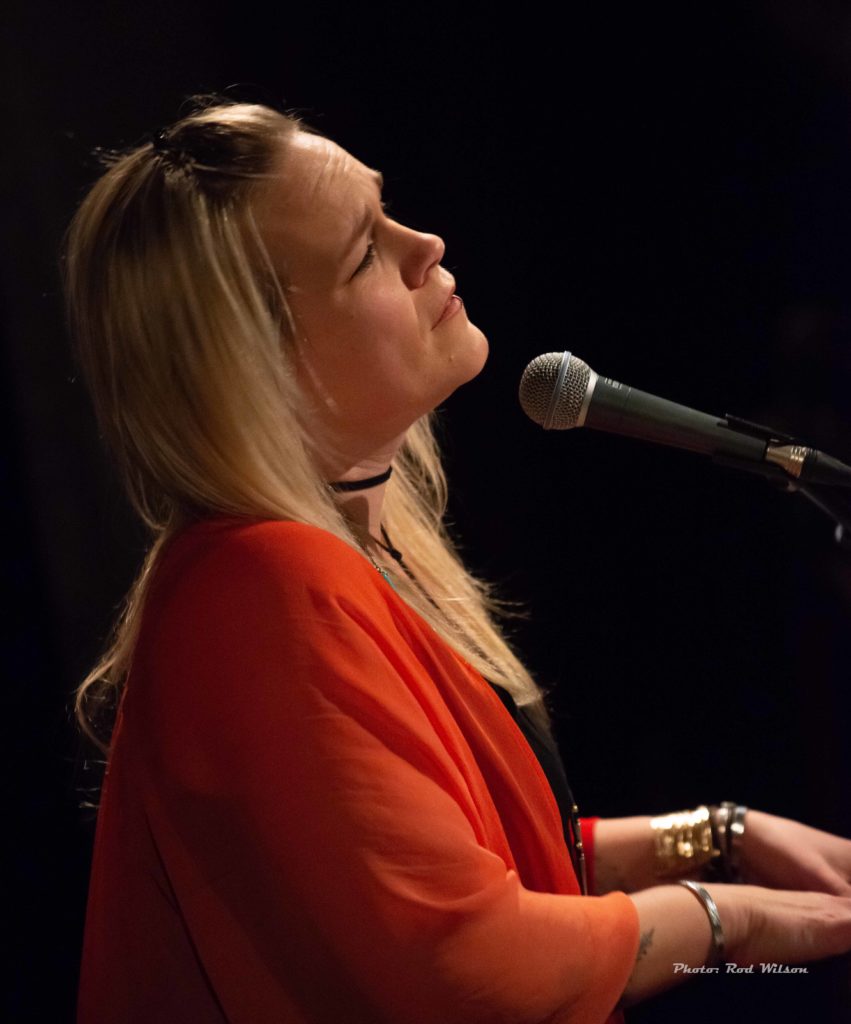
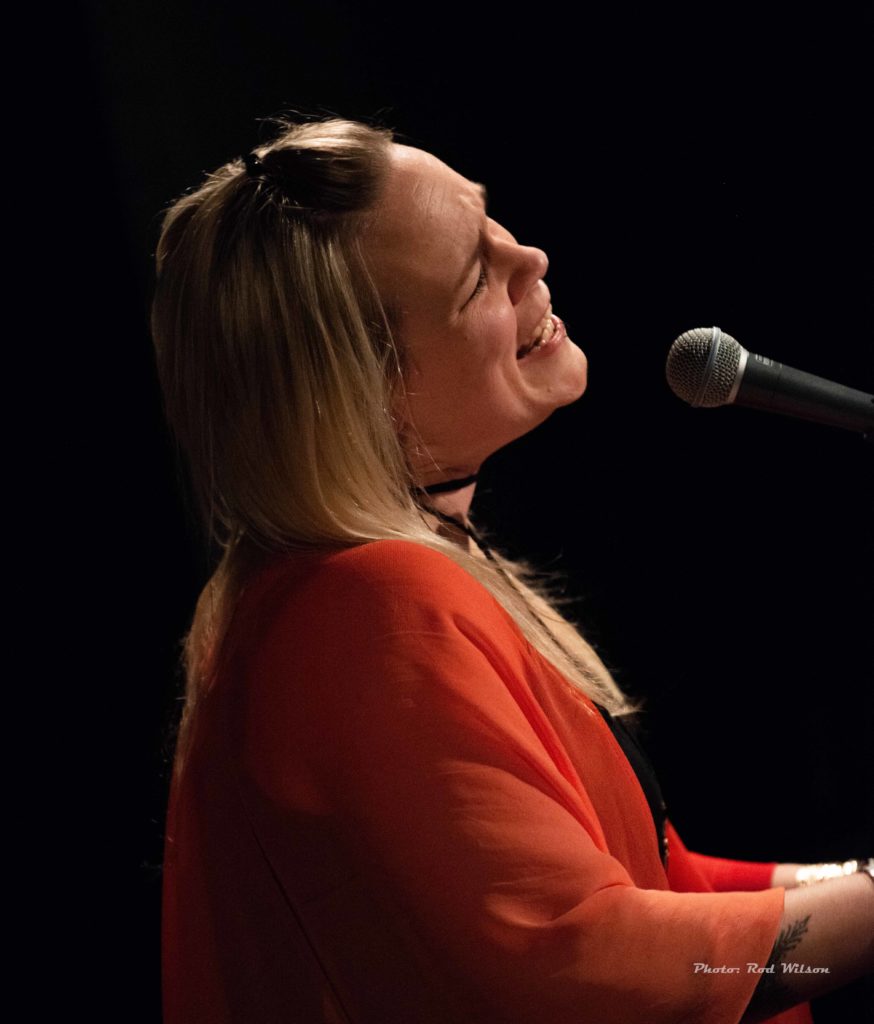
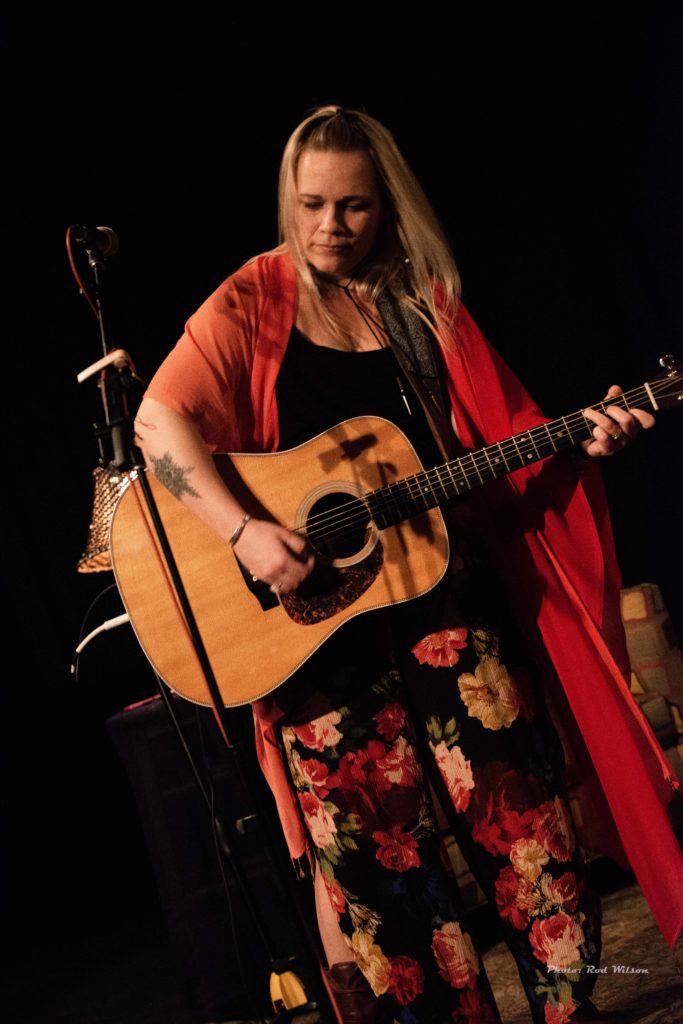
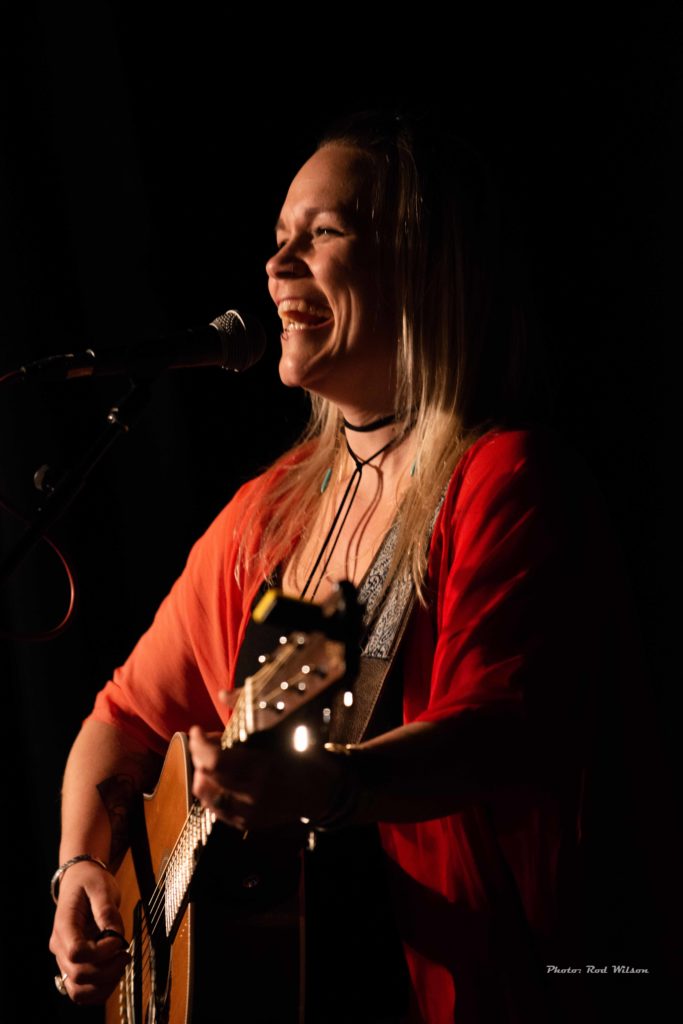
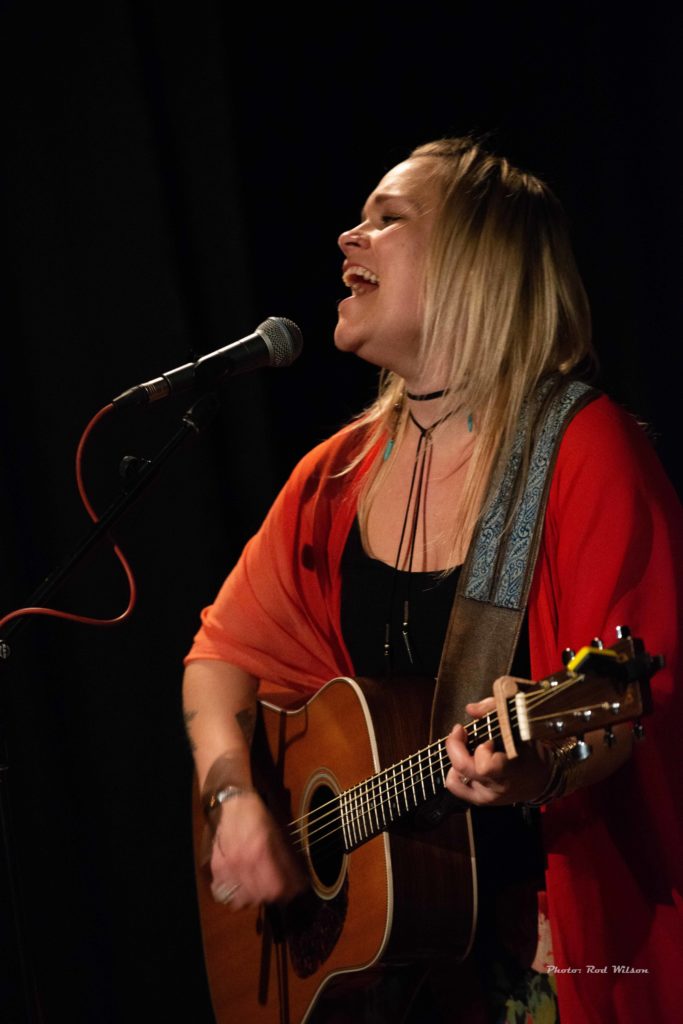
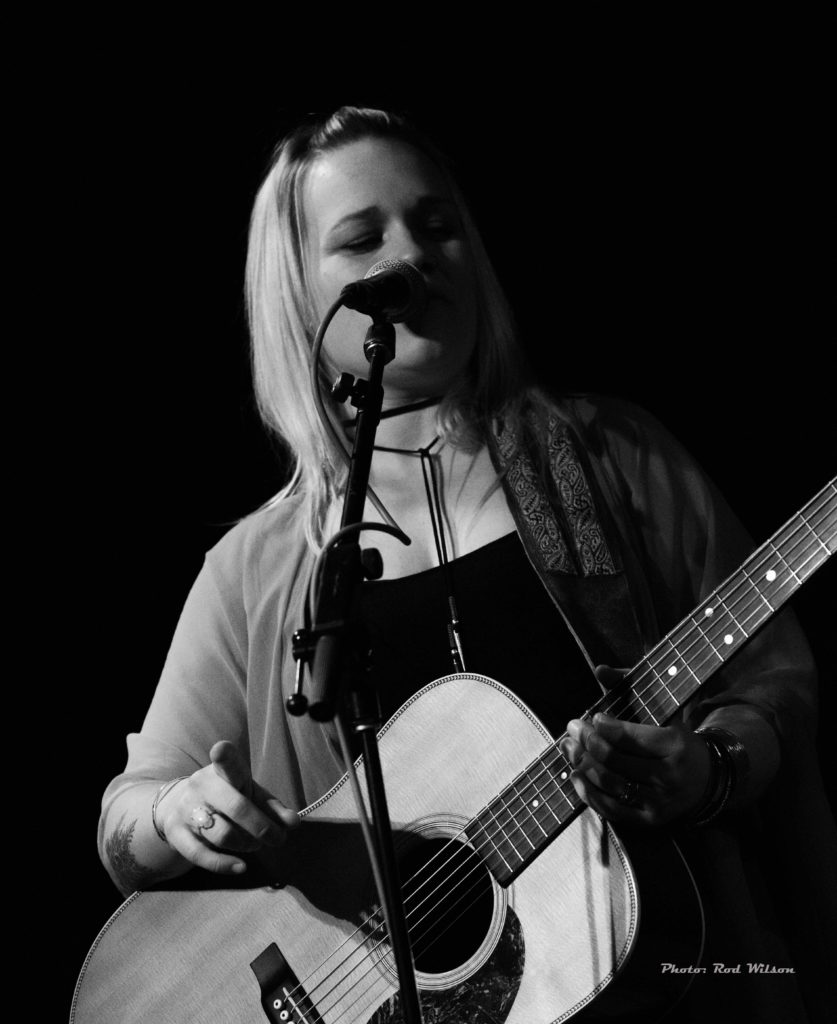
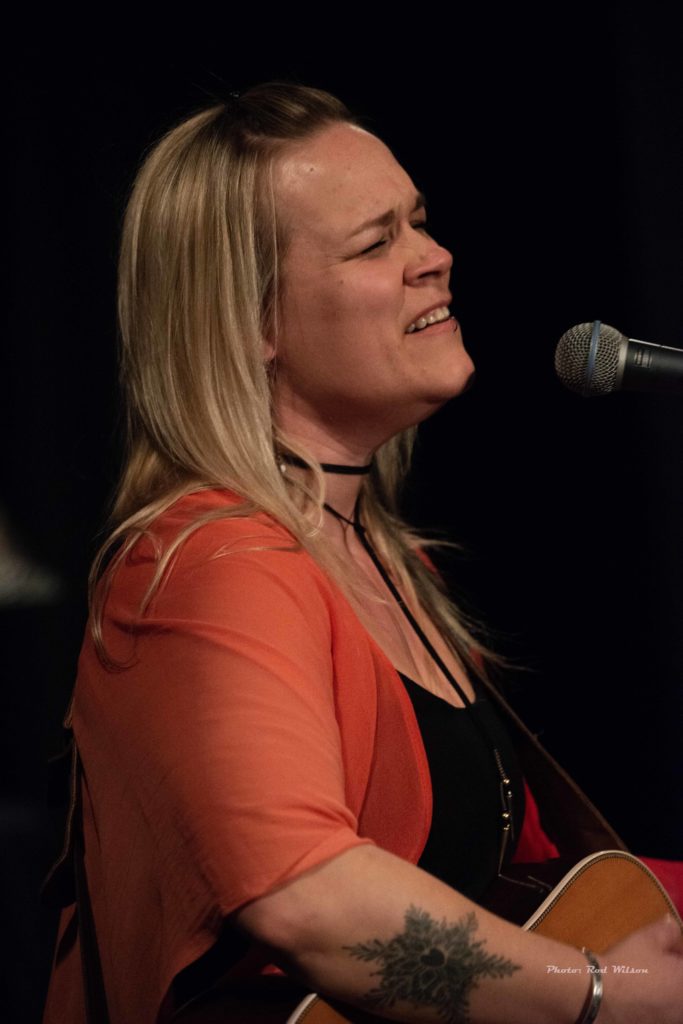
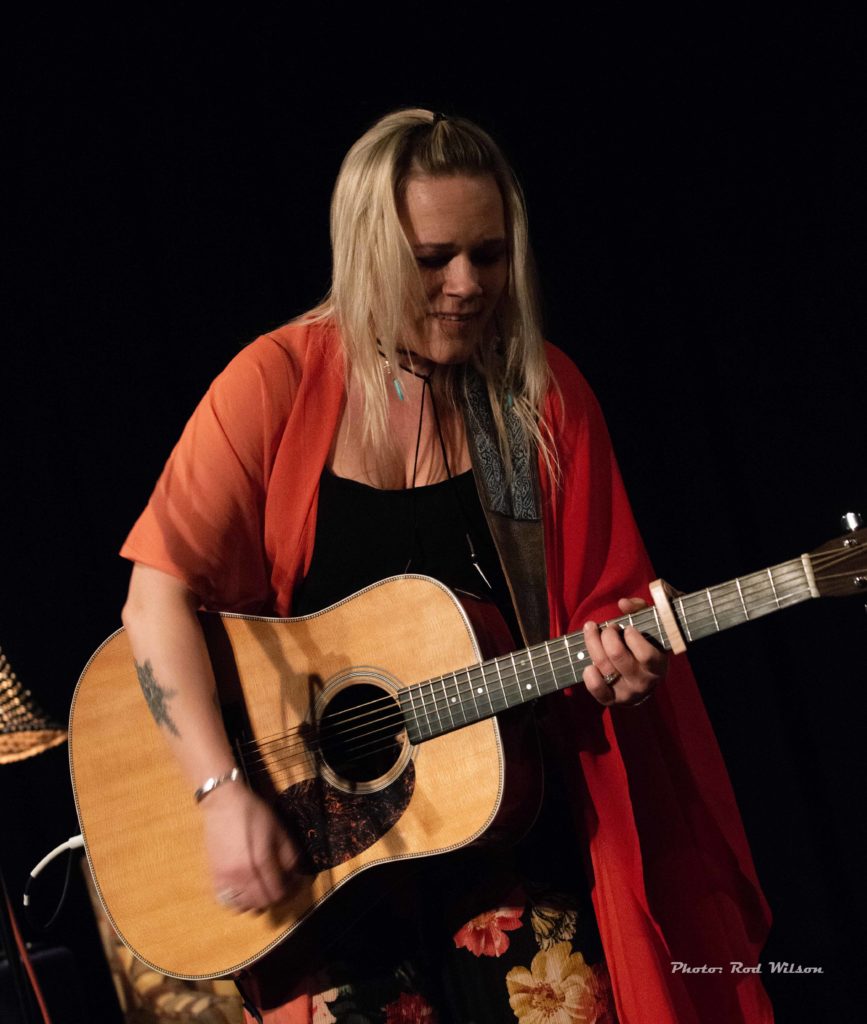
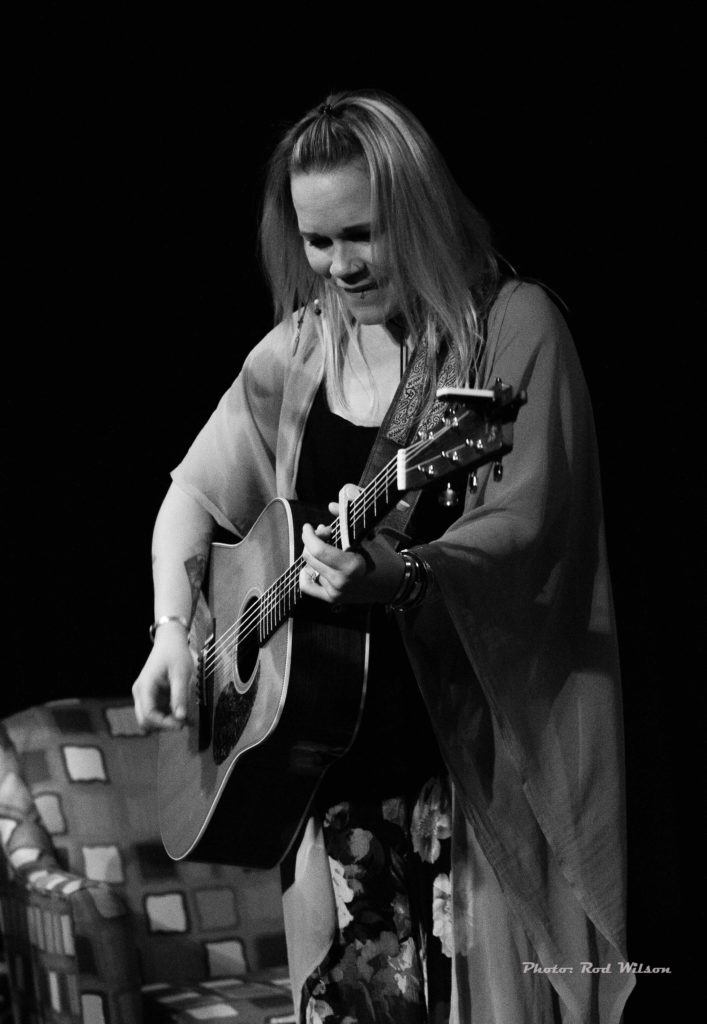
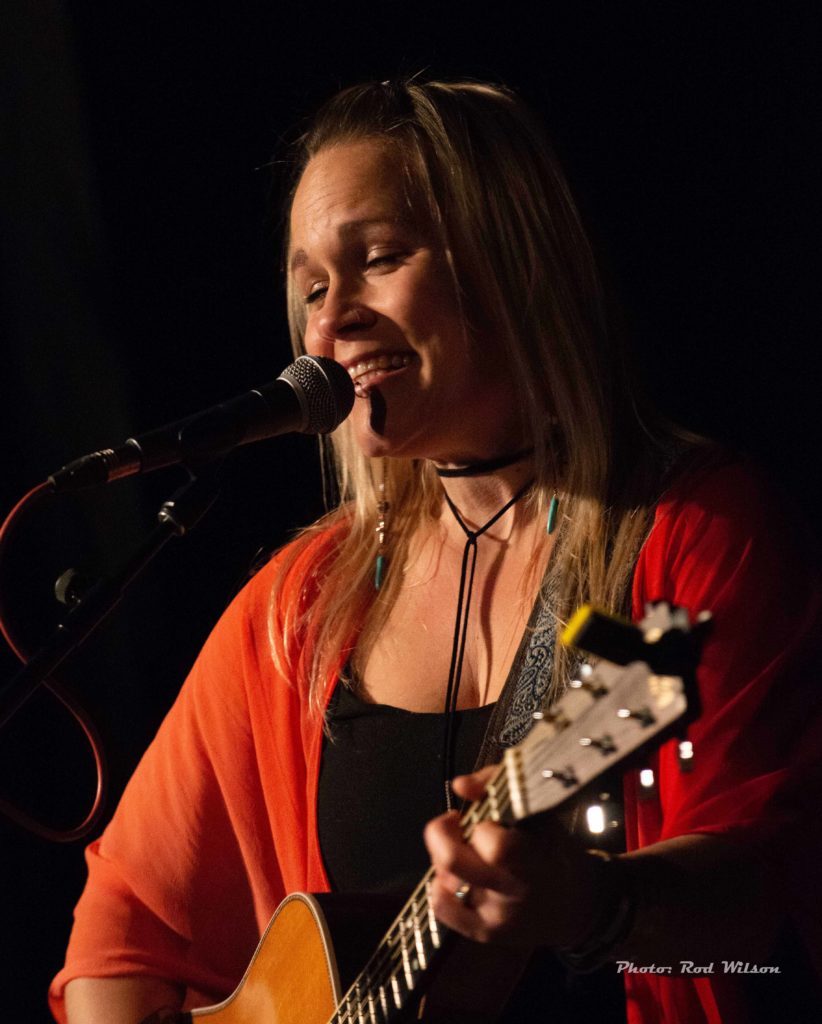
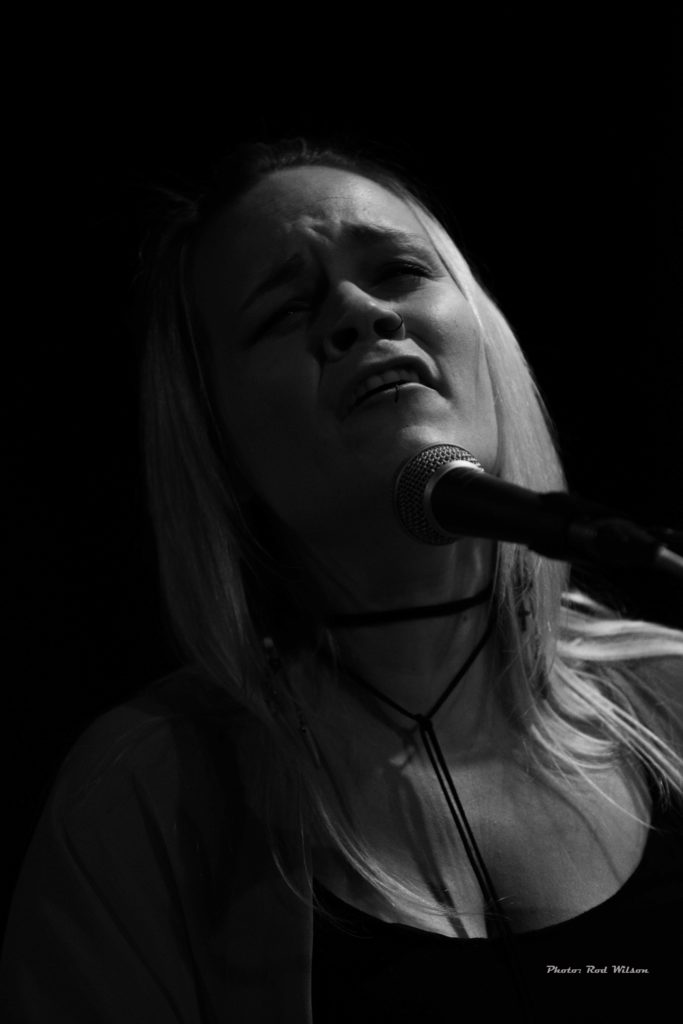
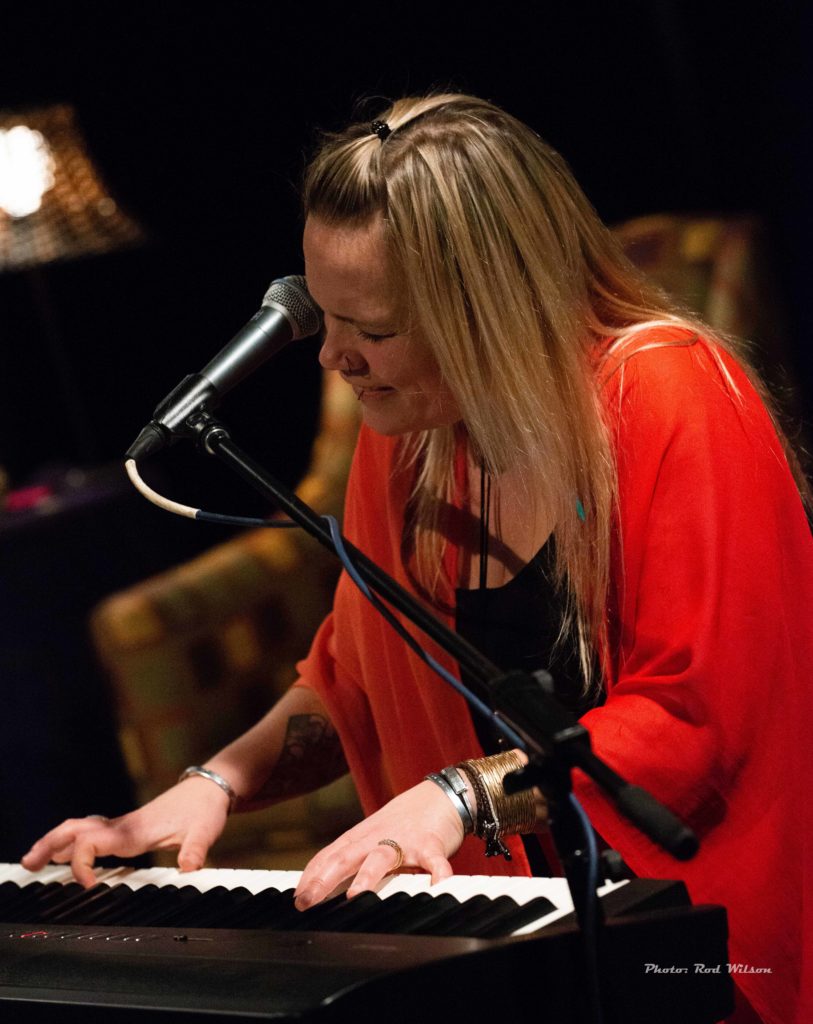
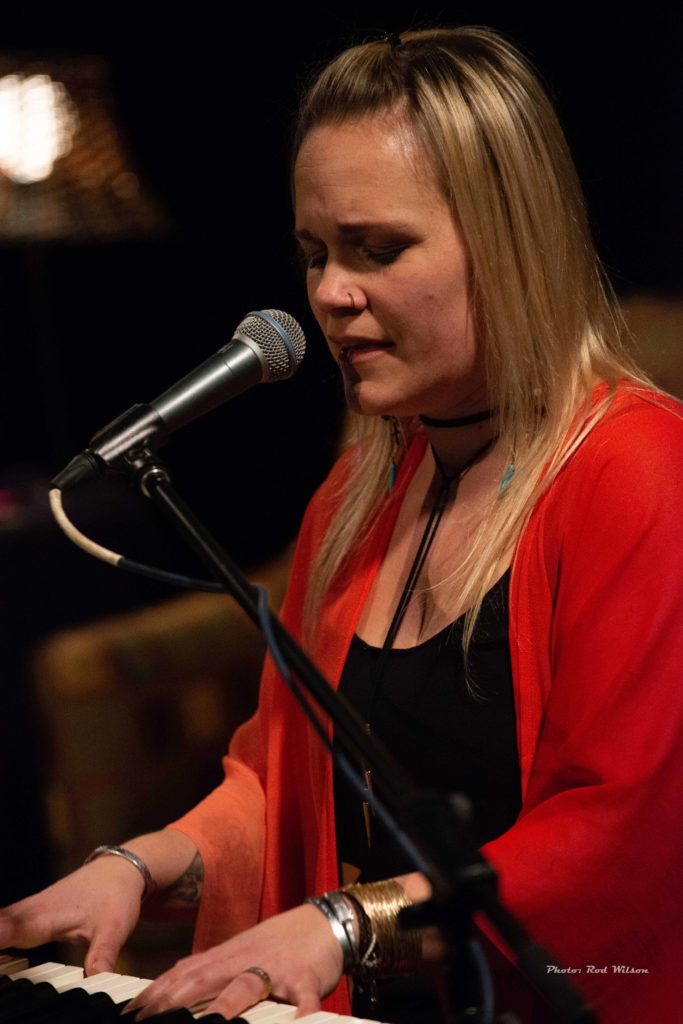
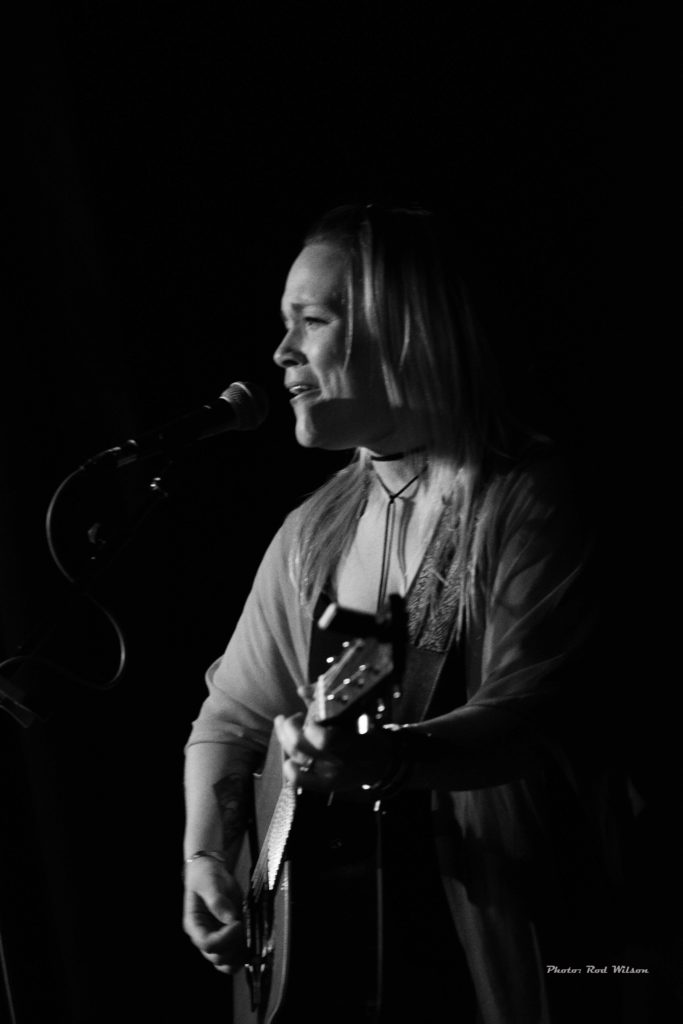
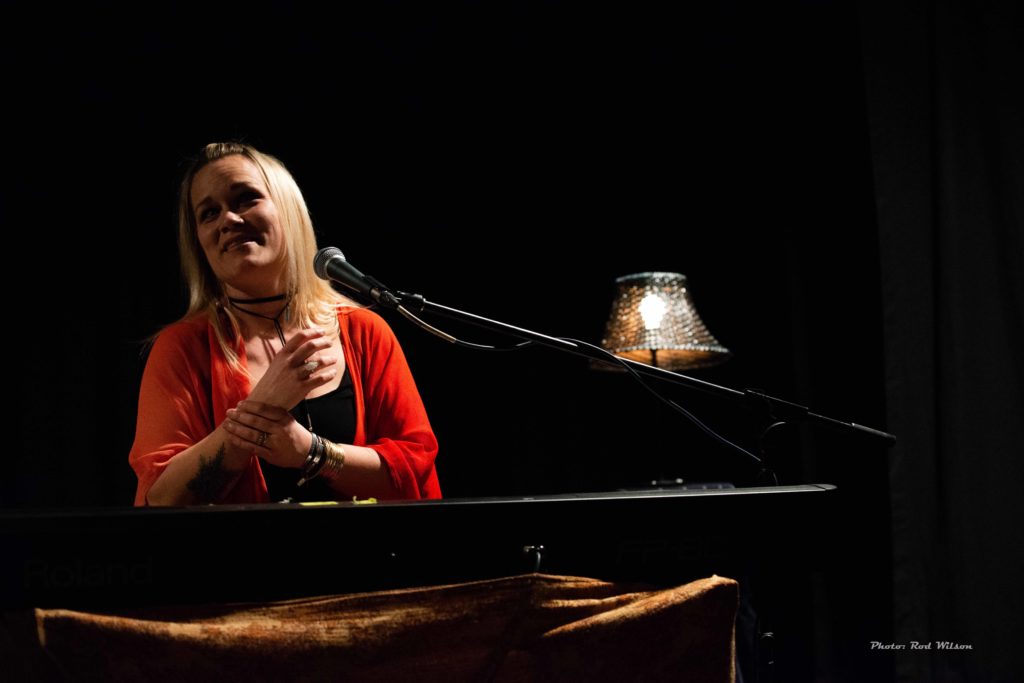

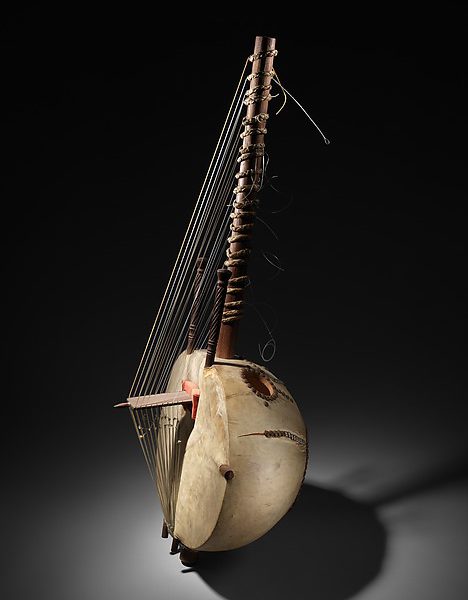 notched double free-standing bridge. It doesn’t fit into any one category of musical instruments, but rather several, and must be classified as a “double-bridge-harp-lute”. The strings run in two divided ranks, making it a double harp. They do not end in a soundboard but are held in notches on a bridge, making it a bridge harp. They originate from a string arm or neck and cross a bridge directly supported by a resonating chamber, making it a lute too. The sound of a kora resembles that of a harp. The thumbs are used to pluck the strings while the remaining fingers hold the hand posts and secure the instrument.. The music utilizes polyrhythmic patterns in Ostinato Riffs (“Kumbengo”) and improvised solo runs (“Birimintingo”) that are played at the same time by skilled players.” – Wikipedia
notched double free-standing bridge. It doesn’t fit into any one category of musical instruments, but rather several, and must be classified as a “double-bridge-harp-lute”. The strings run in two divided ranks, making it a double harp. They do not end in a soundboard but are held in notches on a bridge, making it a bridge harp. They originate from a string arm or neck and cross a bridge directly supported by a resonating chamber, making it a lute too. The sound of a kora resembles that of a harp. The thumbs are used to pluck the strings while the remaining fingers hold the hand posts and secure the instrument.. The music utilizes polyrhythmic patterns in Ostinato Riffs (“Kumbengo”) and improvised solo runs (“Birimintingo”) that are played at the same time by skilled players.” – Wikipedia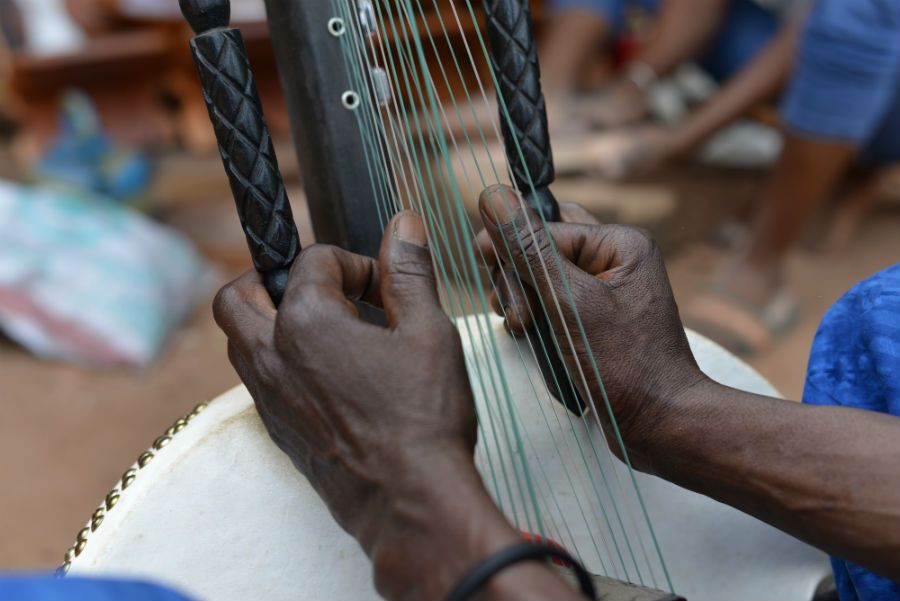
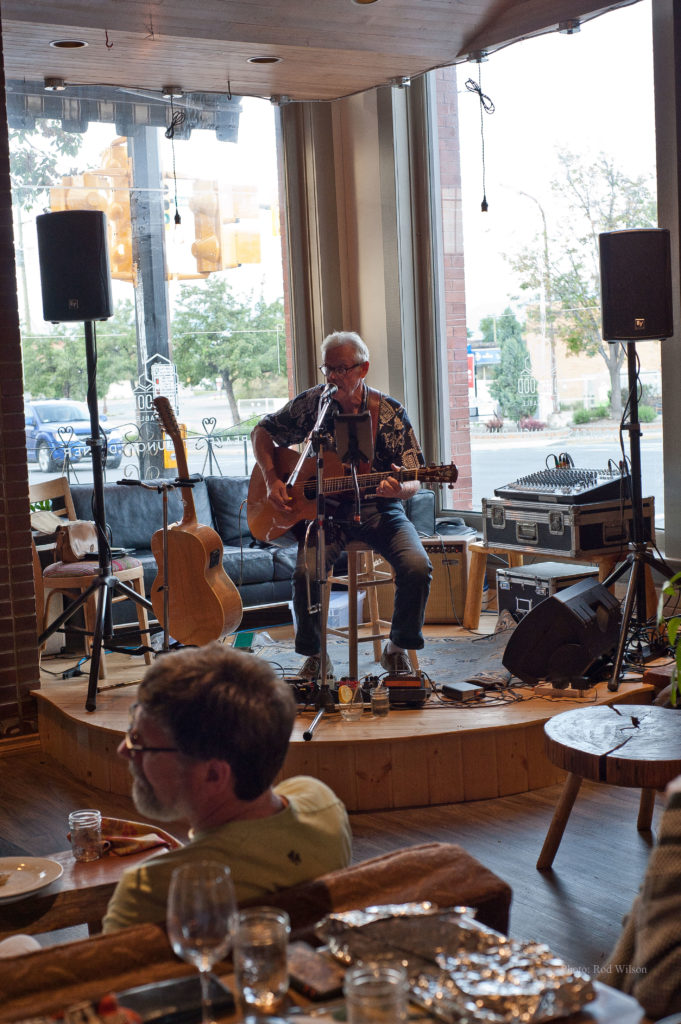 Mount Baker Hotel on Baker Street in Cranbrook. The manager is a keen supporter of live music and on most Thursday evenings (6-9pm) there are live musical events. A favorite event is the open mic hosted by Keith Larsen every first Thursday of the month. Recently (Thursday, June 20th, 2019), Lonesome Jim (aka James Neve) performed two sets featuring his vocals accompanied by his stellar acoustic 6 string and 12 guitar pickings.Never one to stand still for too long he was sporting his new and improved persona. The “Willie Nelson” pony tail was gone and has been replaced by a new taunt, trim back and sides hairstyle. The looks may change but the performance, as always, was stellar. Here are couple of photos of the new Lonesome Jim.
Mount Baker Hotel on Baker Street in Cranbrook. The manager is a keen supporter of live music and on most Thursday evenings (6-9pm) there are live musical events. A favorite event is the open mic hosted by Keith Larsen every first Thursday of the month. Recently (Thursday, June 20th, 2019), Lonesome Jim (aka James Neve) performed two sets featuring his vocals accompanied by his stellar acoustic 6 string and 12 guitar pickings.Never one to stand still for too long he was sporting his new and improved persona. The “Willie Nelson” pony tail was gone and has been replaced by a new taunt, trim back and sides hairstyle. The looks may change but the performance, as always, was stellar. Here are couple of photos of the new Lonesome Jim.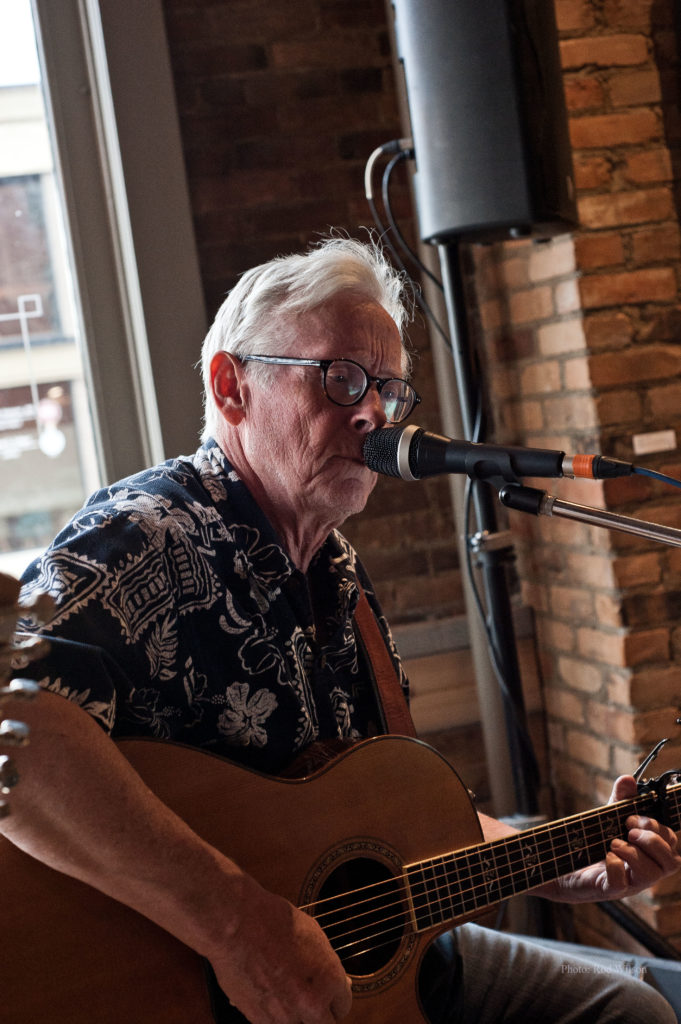
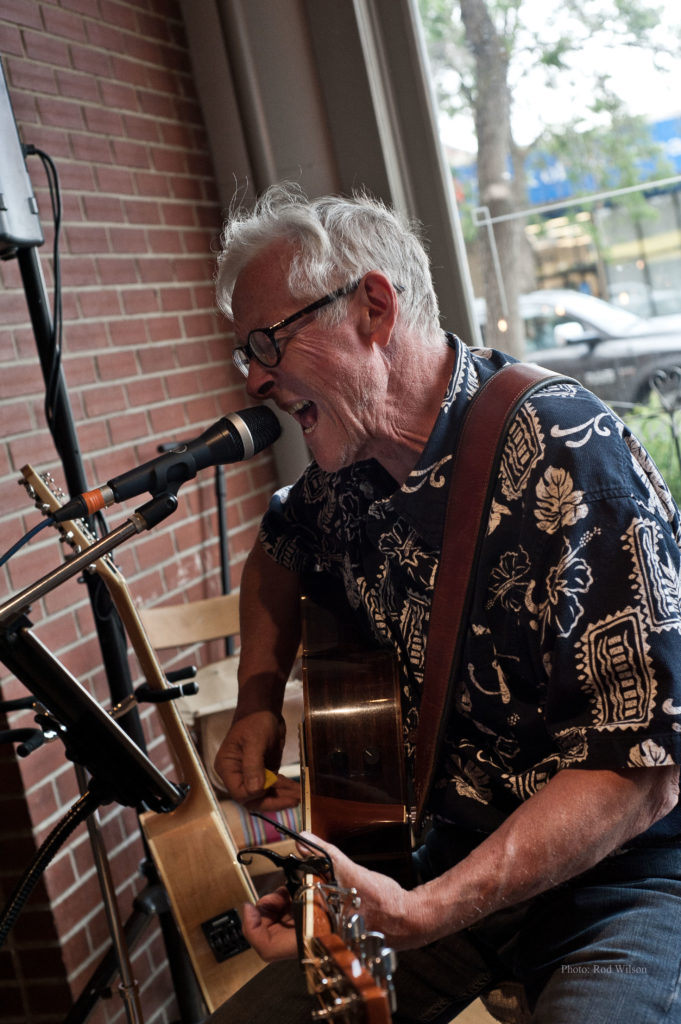
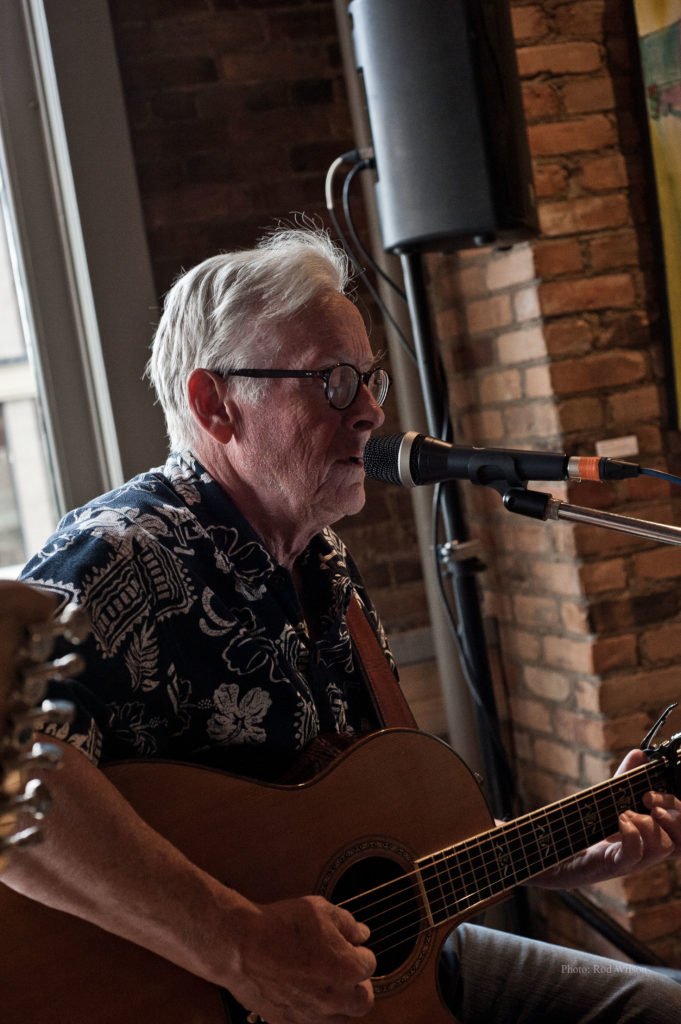
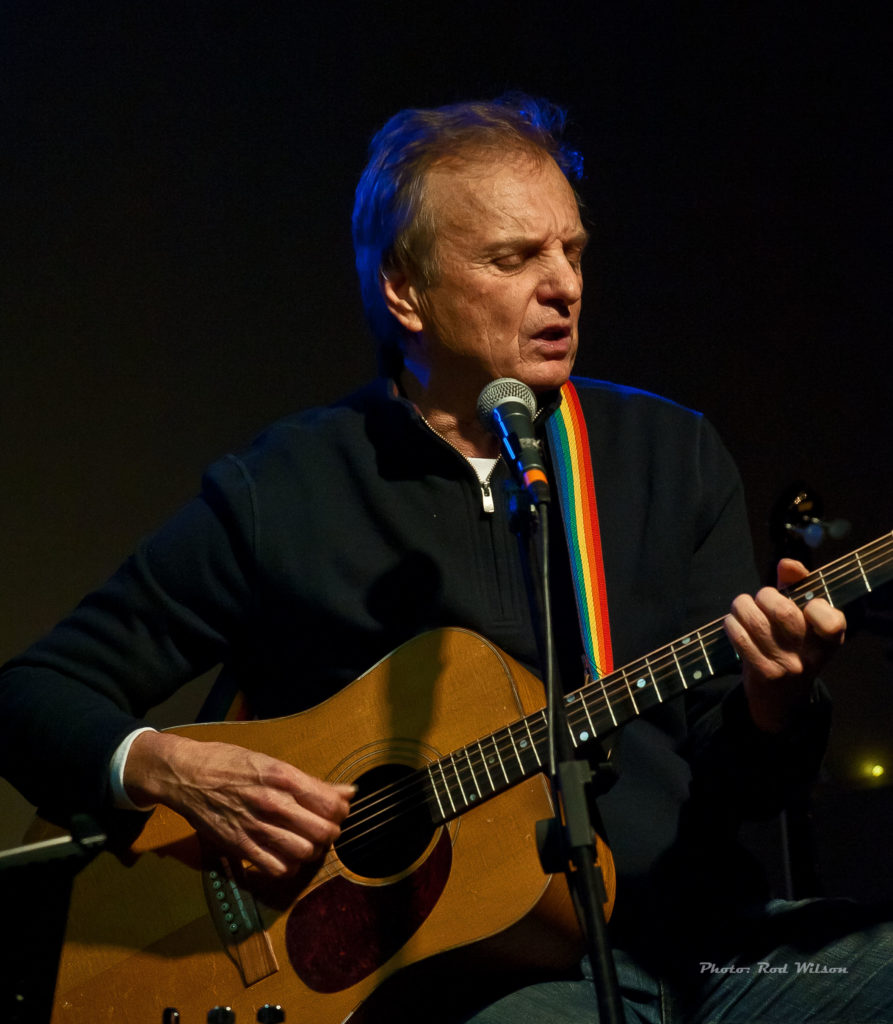 This is a rare treat. An opportunity to spread the word about an exceptional local talent. Douglas Francis Mitchell is an East Kootenay singer song writer with, to my knowledge, well over a hundred songs in his repertoire. There are new songs rolling off his counter top each day. He is a topical song writer with a great belief in the need for artists to dip into what they know best. That is, the personal experiences, the work environments, and the relationships in the world that surrounds us. He does not write “moon, June, spoon” songs of youthful love and loss. He does not write “hurtin’ songs”. Nor does he write songs full of youthful angst. That sentiment is long gone and there is much more weighty and comedic material around to feed his creative impulses. What he does write are clear and honest songs about events and personalities that inhabit our world. One of his most recent efforts is Better get Used to It. This came about in response to the devastating fires of last summer. The sentiment is basically one of “It doesn’t matter which way you vote, Climate Change is no joke”. The song was recorded at James Neves’s studio out at Wycliffe. Doug sings and plays guitar, Rod Wilson provides the percussion and the sound effects. The fiddle playing and back up vocals are by Ally Blake. Murray Hayward created the video……
This is a rare treat. An opportunity to spread the word about an exceptional local talent. Douglas Francis Mitchell is an East Kootenay singer song writer with, to my knowledge, well over a hundred songs in his repertoire. There are new songs rolling off his counter top each day. He is a topical song writer with a great belief in the need for artists to dip into what they know best. That is, the personal experiences, the work environments, and the relationships in the world that surrounds us. He does not write “moon, June, spoon” songs of youthful love and loss. He does not write “hurtin’ songs”. Nor does he write songs full of youthful angst. That sentiment is long gone and there is much more weighty and comedic material around to feed his creative impulses. What he does write are clear and honest songs about events and personalities that inhabit our world. One of his most recent efforts is Better get Used to It. This came about in response to the devastating fires of last summer. The sentiment is basically one of “It doesn’t matter which way you vote, Climate Change is no joke”. The song was recorded at James Neves’s studio out at Wycliffe. Doug sings and plays guitar, Rod Wilson provides the percussion and the sound effects. The fiddle playing and back up vocals are by Ally Blake. Murray Hayward created the video……
